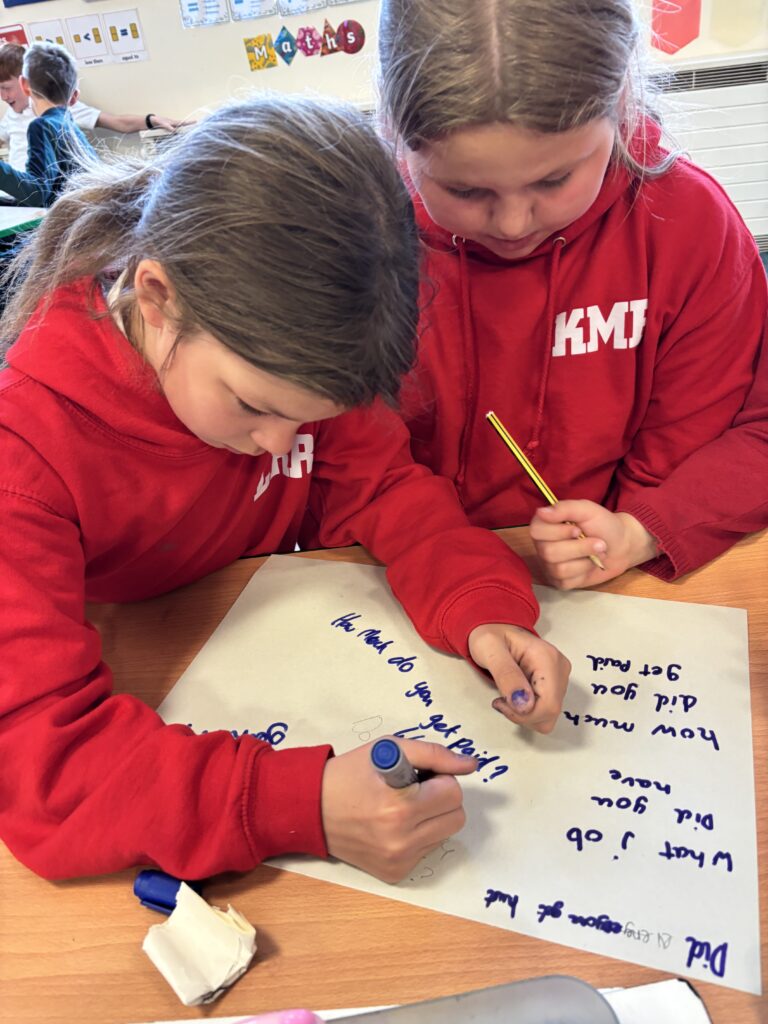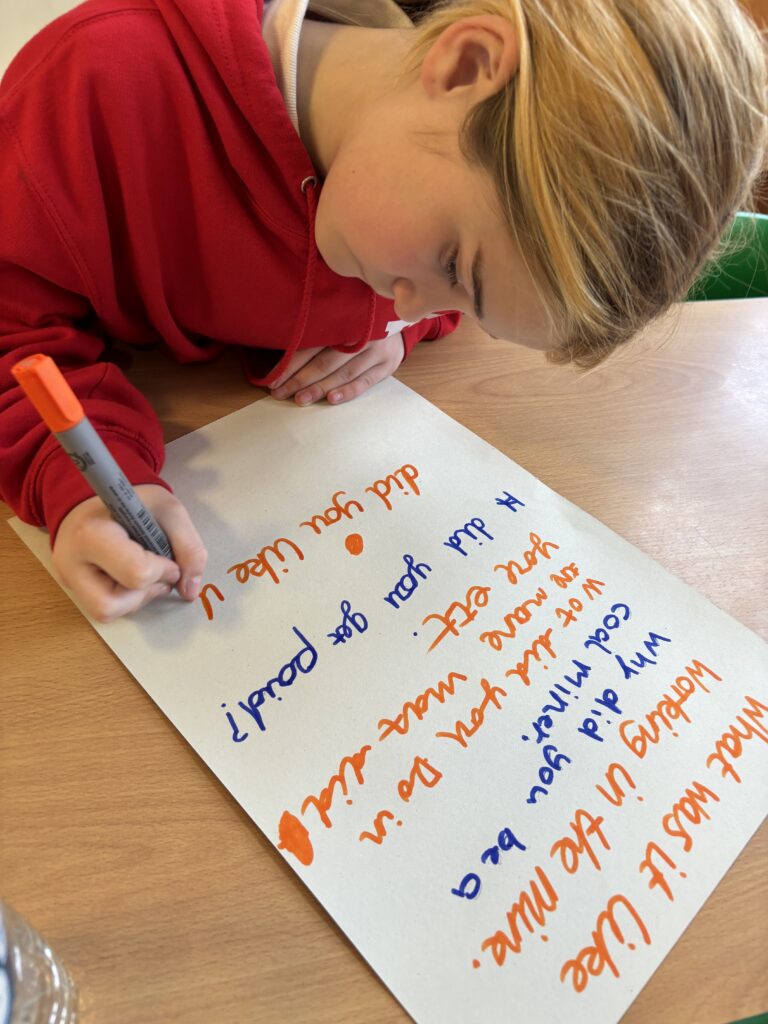What a blast Sports Day was today! All groups worked extremely hard and it was great to see their sportsmanship.
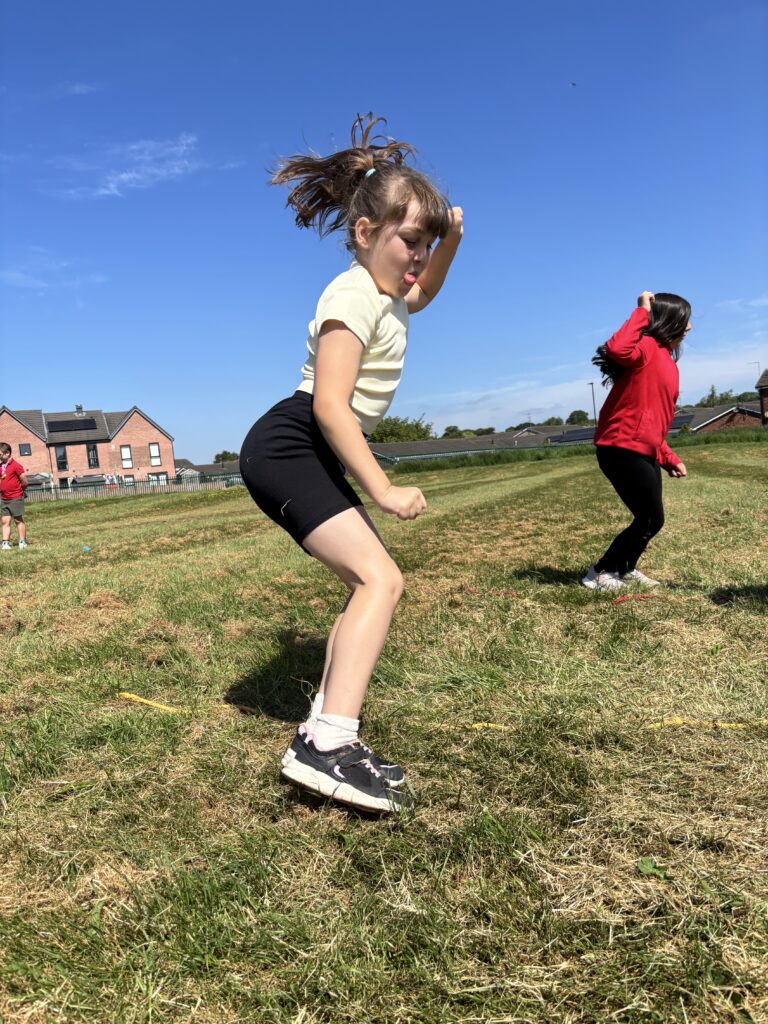
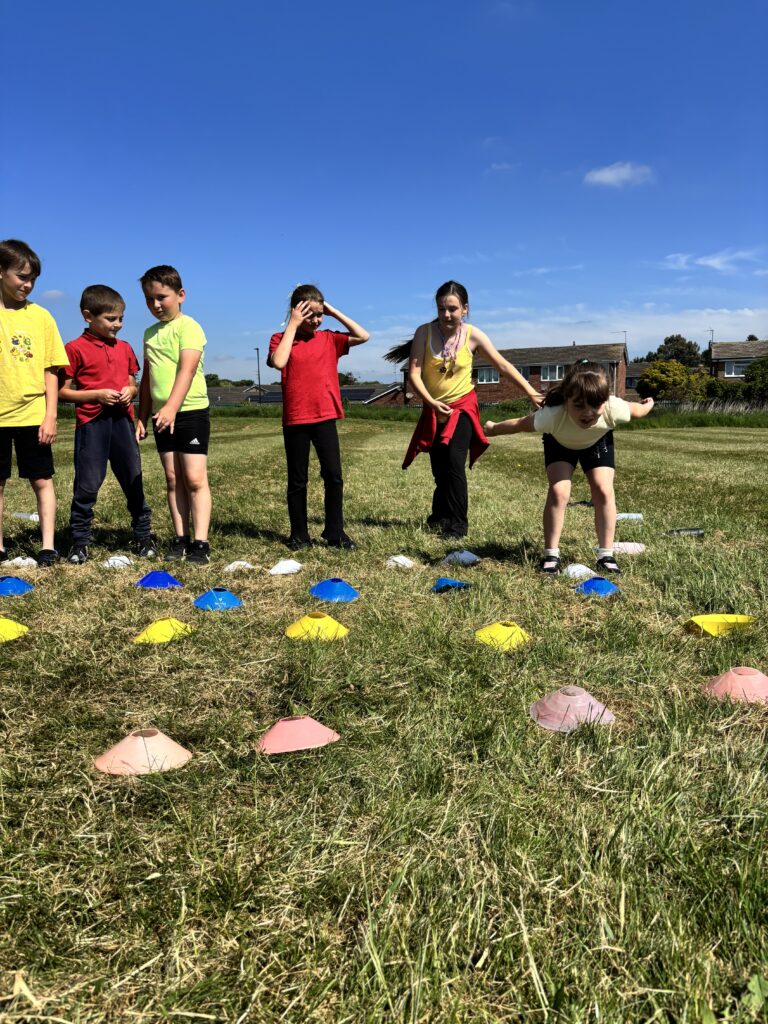

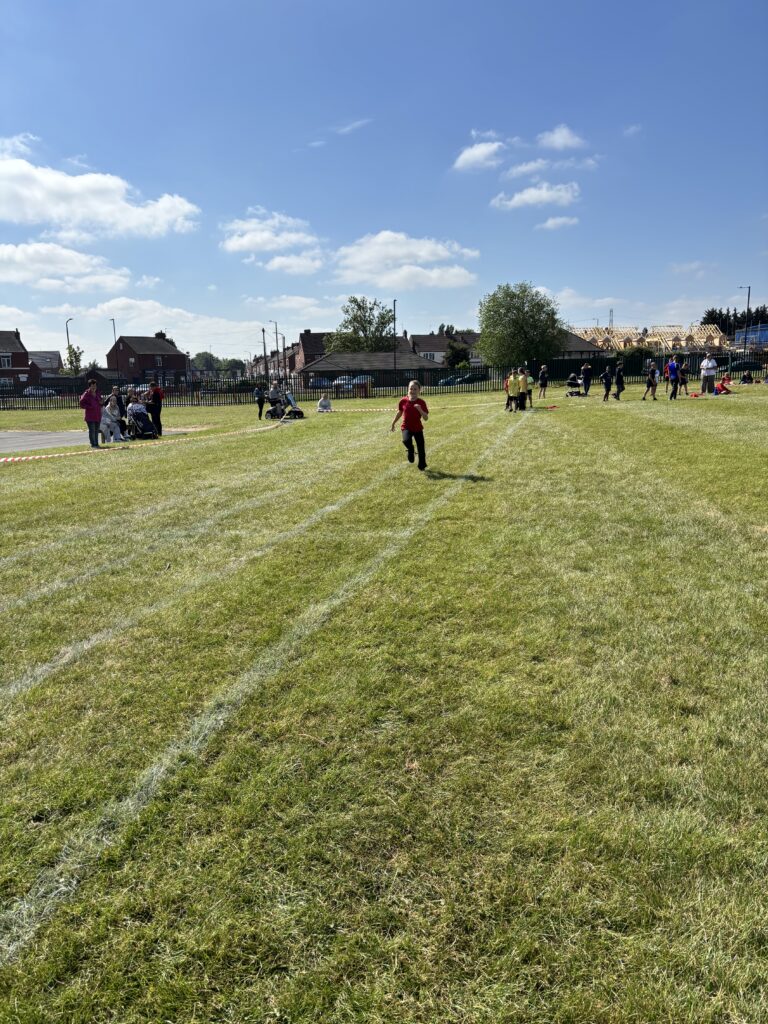
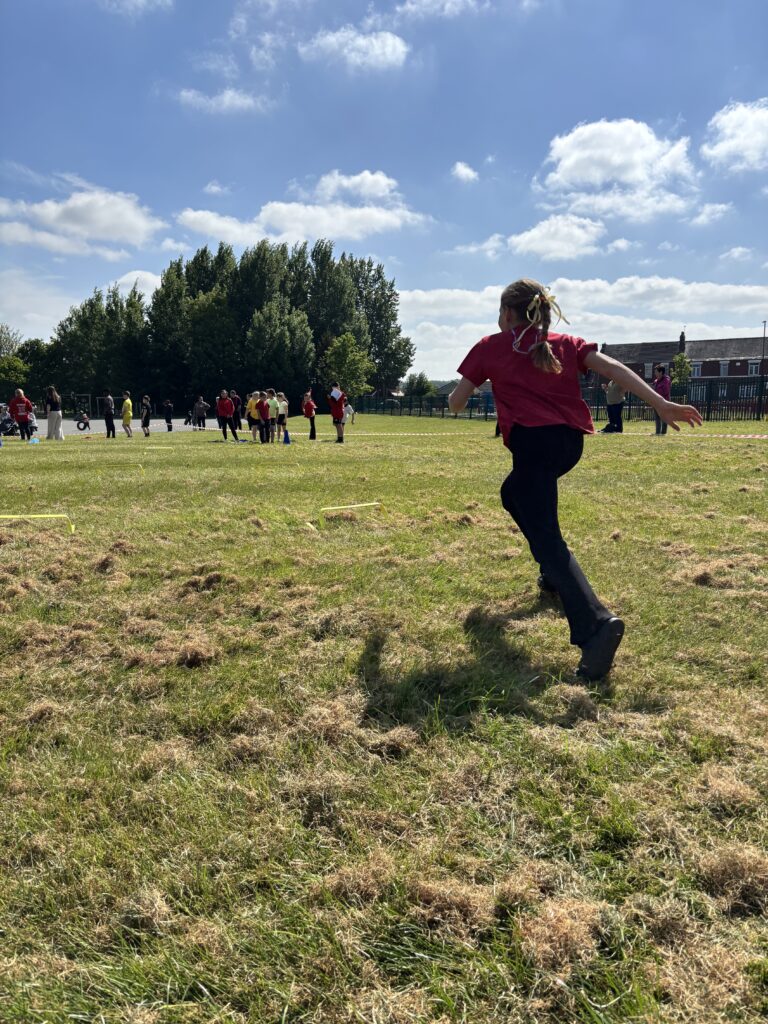


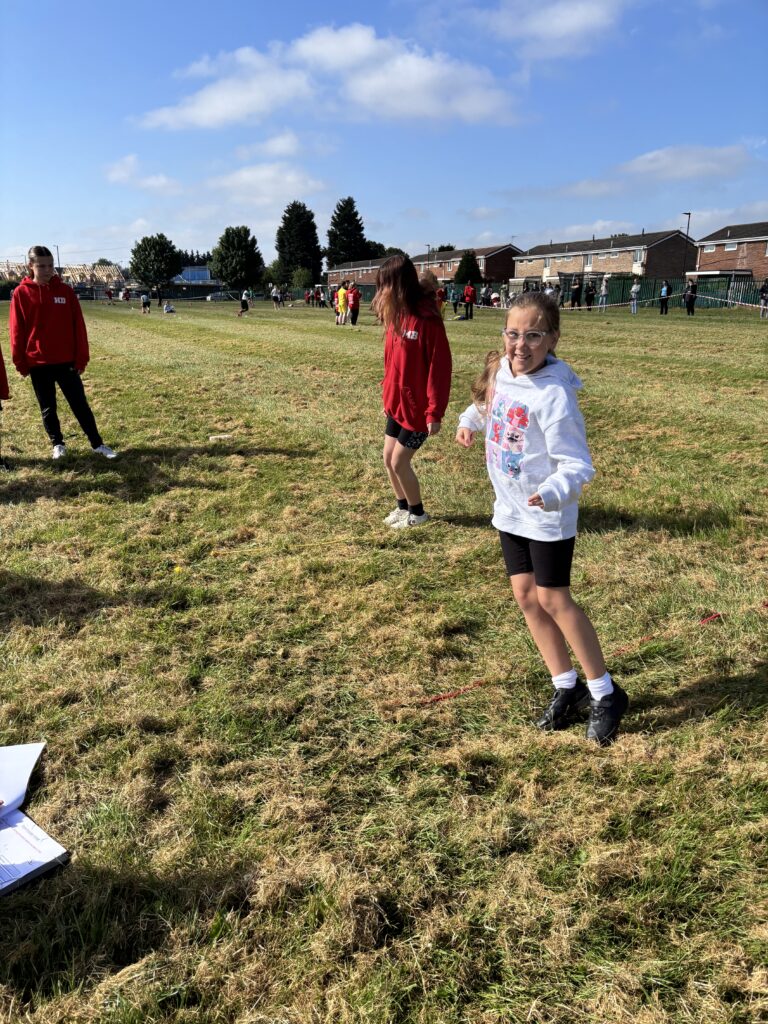
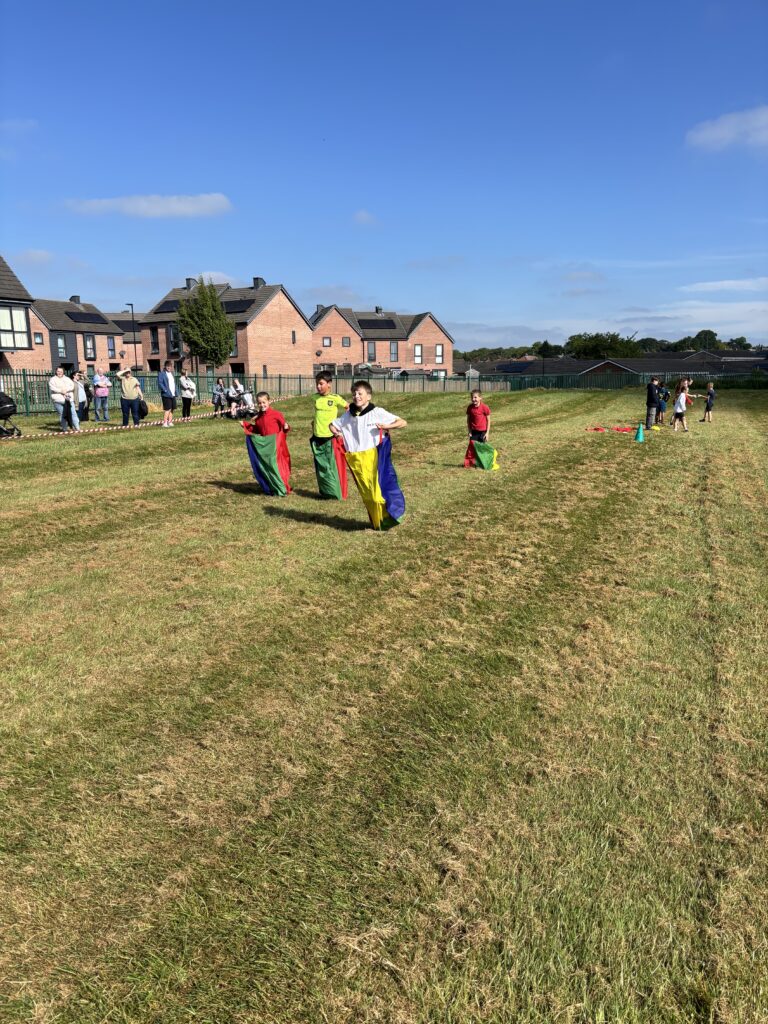
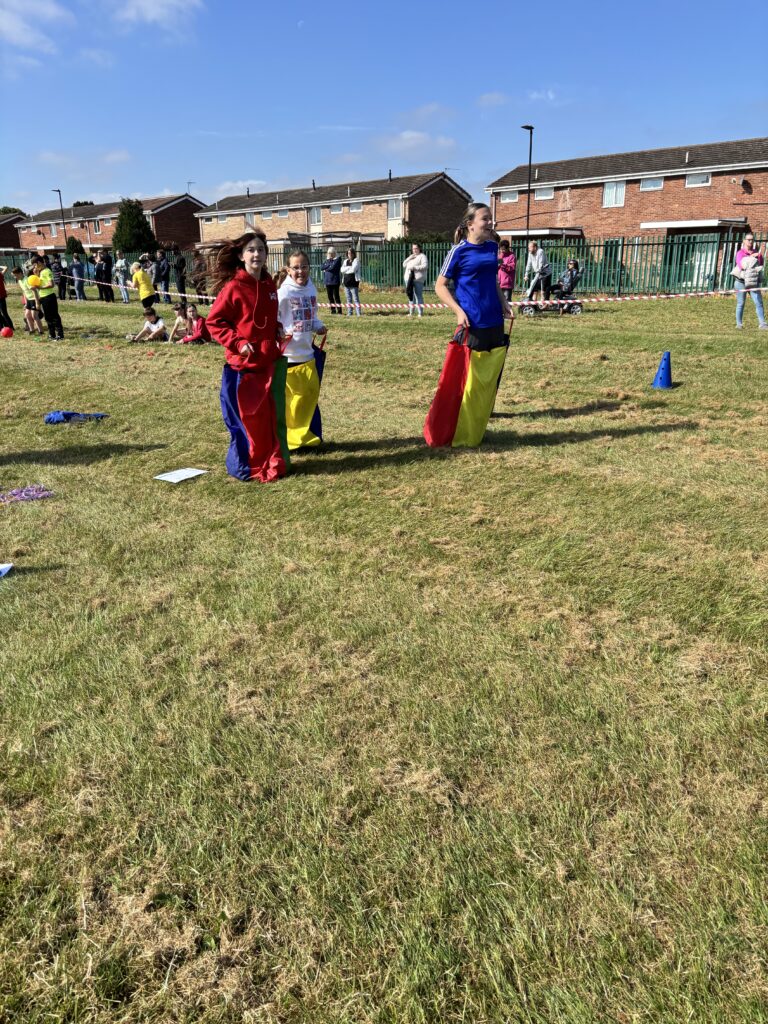
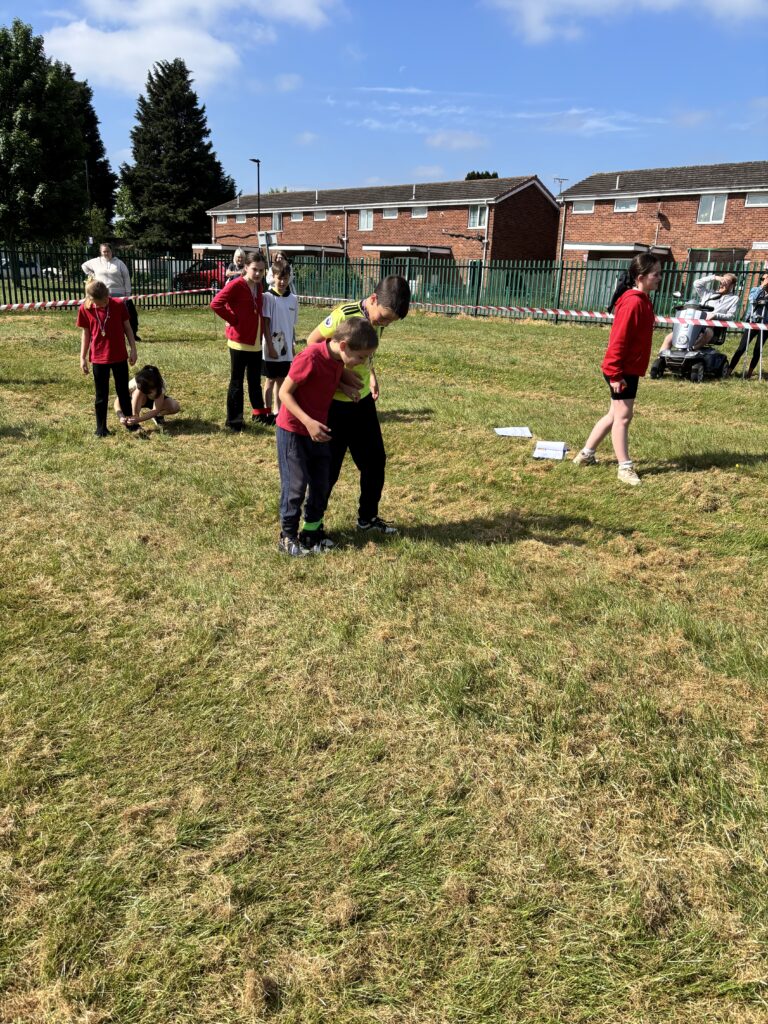
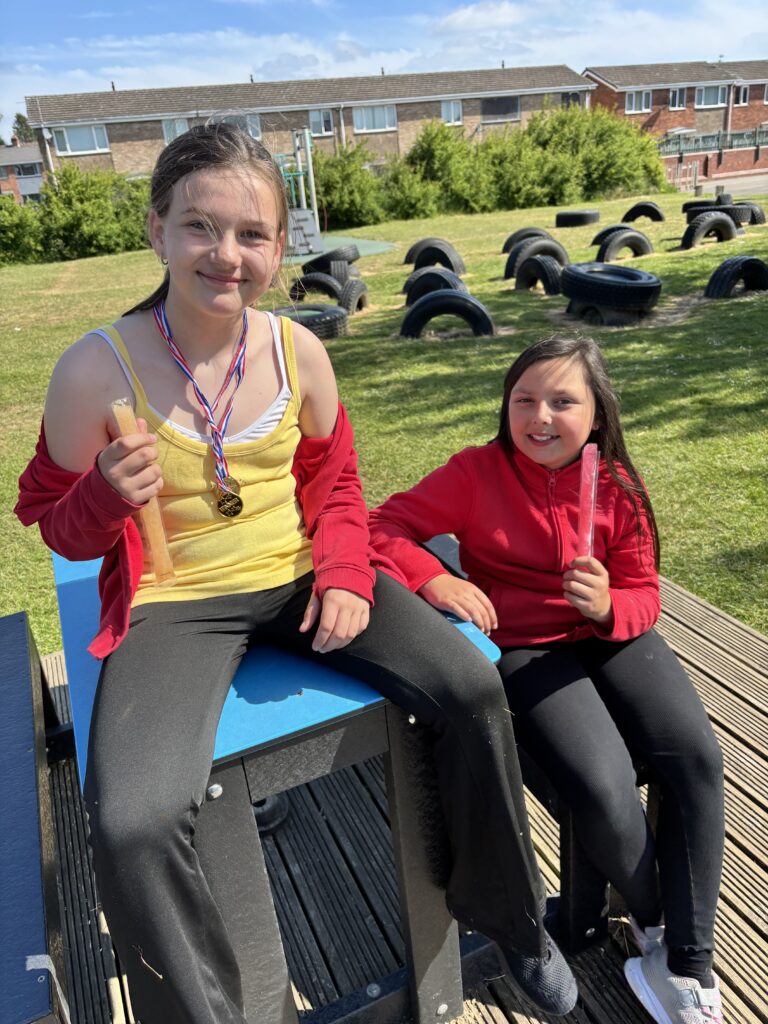
What a blast Sports Day was today! All groups worked extremely hard and it was great to see their sportsmanship.












Today, Crew Hamill began their first lesson for Case Study 2 – Geography. We became geographers by looking in detail at maps, identifying what they are, why they are used and what they help with. We also looked in detail at the different symbols that can be found on a map and what they mean. We worked in pairs to match up the symbols to their meaning. Once we had more of an understanding on this, we worked in pairs to identify the symbols on a map of our local area, identifying schools, buildings, dual carriageways, water, railways and more.
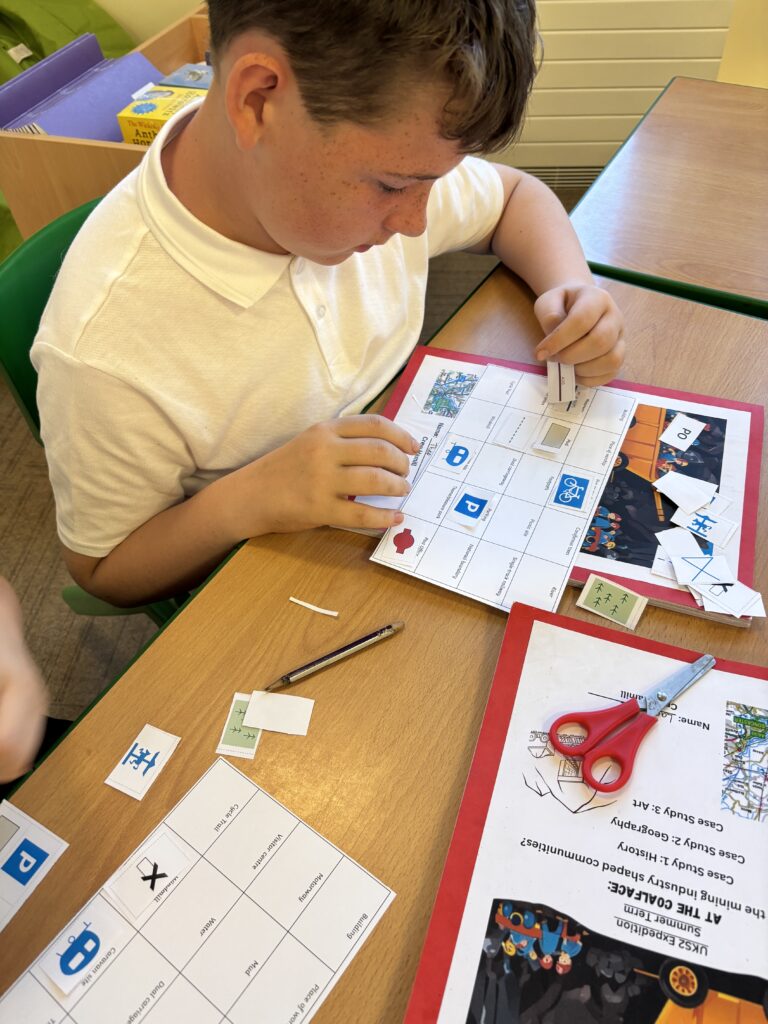

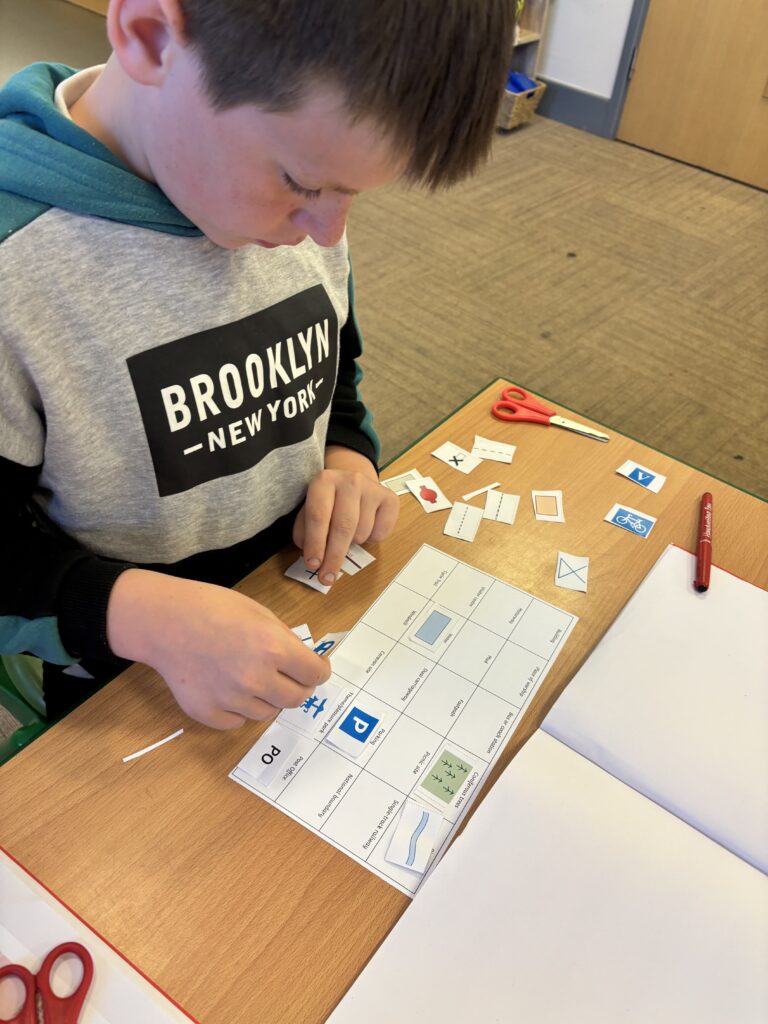
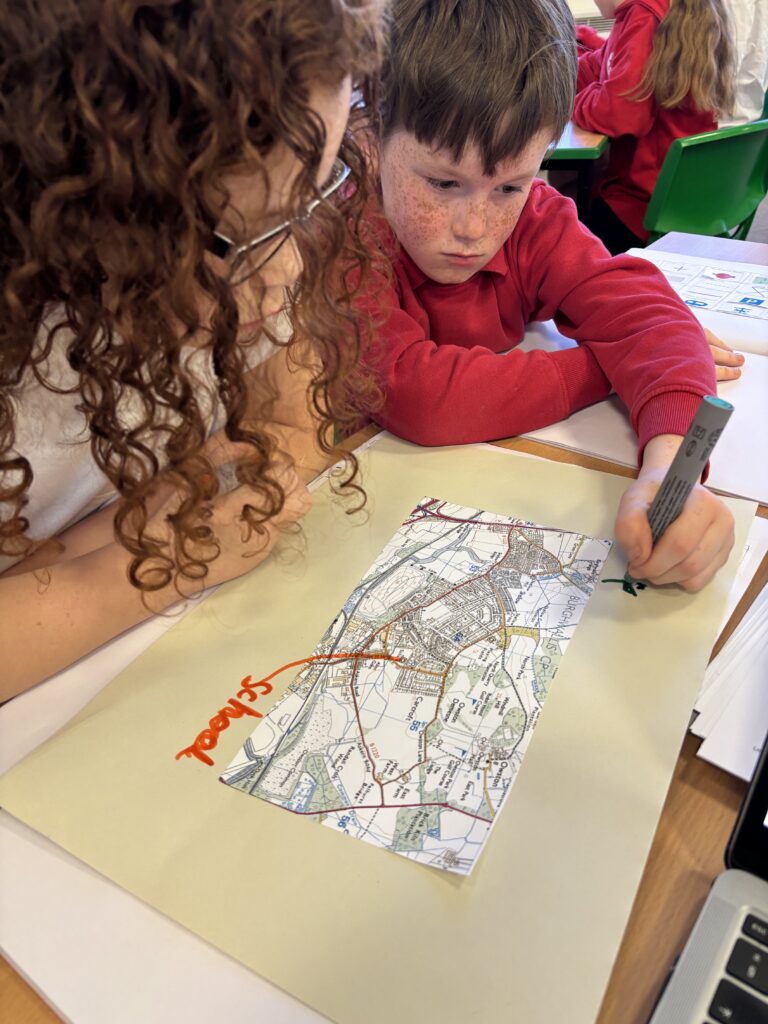

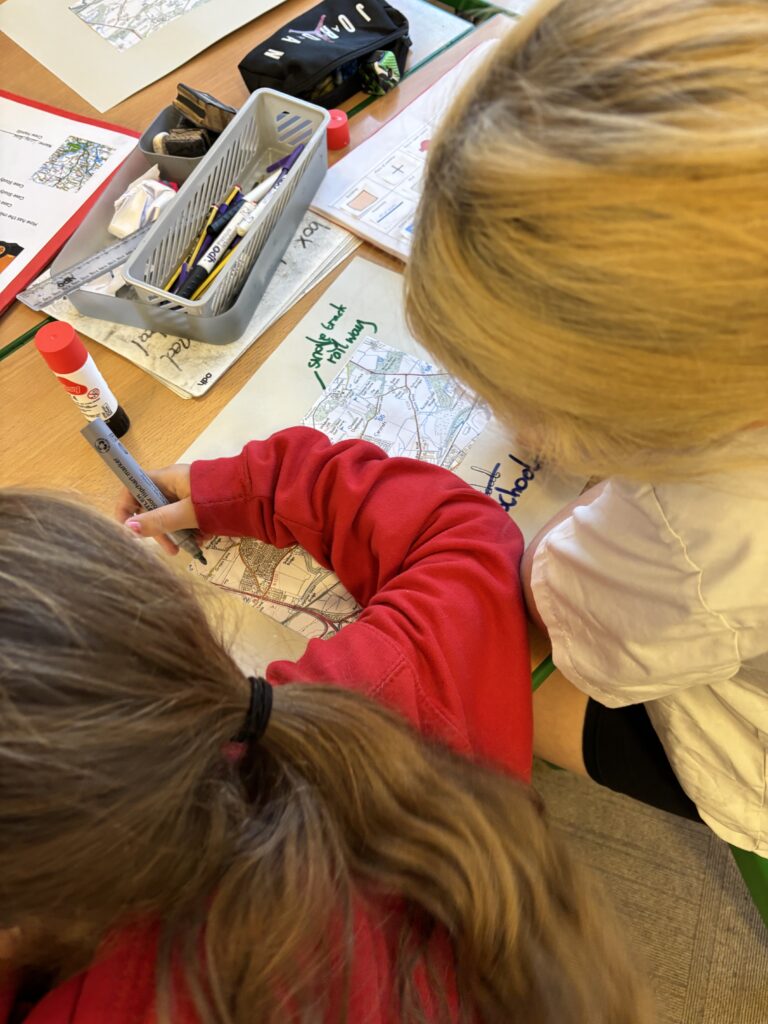
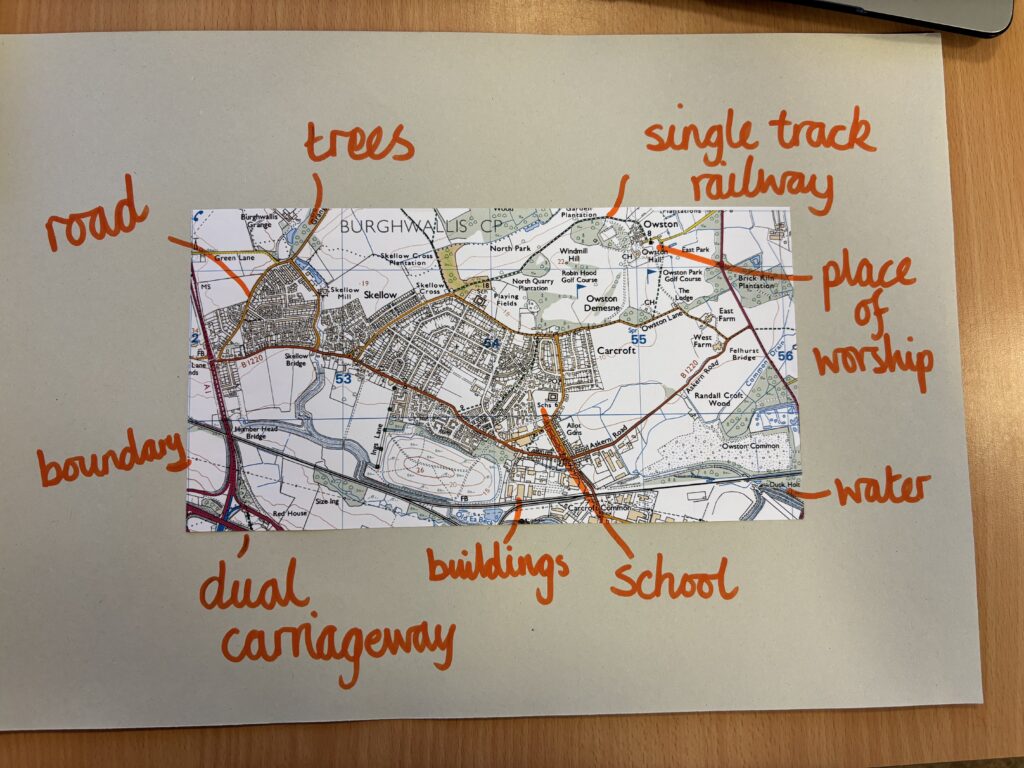
Crew Hamill had a more practical lesson today to help consolidate their understanding of 24 hour clocks. We were ensuring we had a clear understanding of how to convert 12 hour time into 24 hour time by taking part in a carousel of activities.
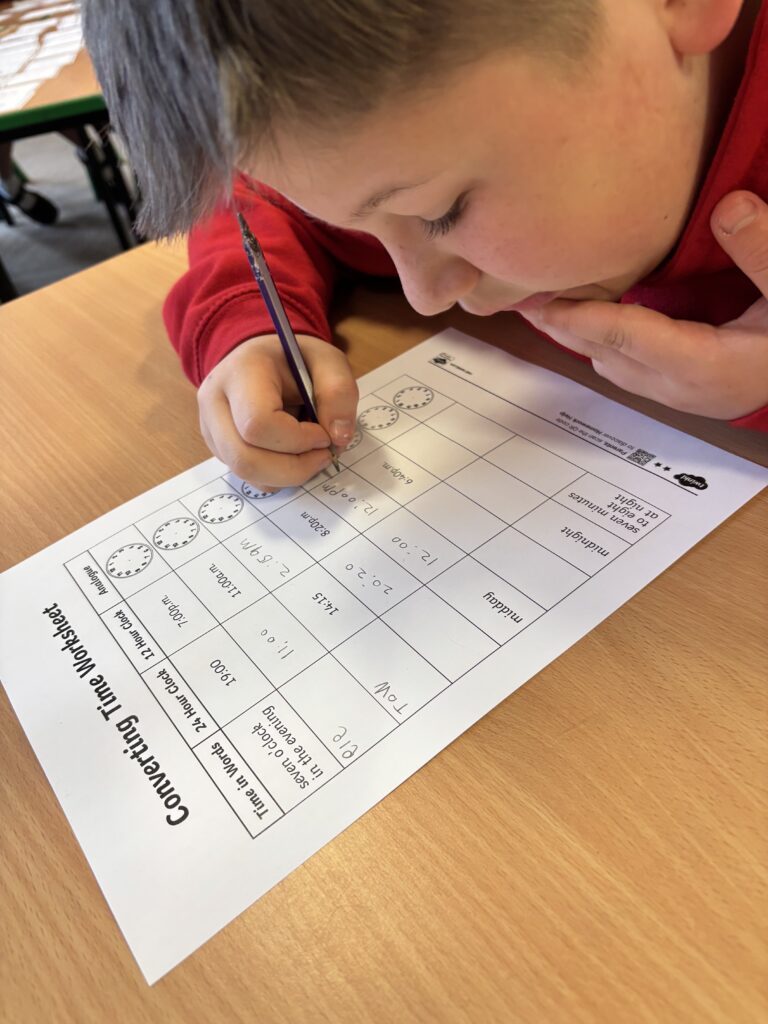
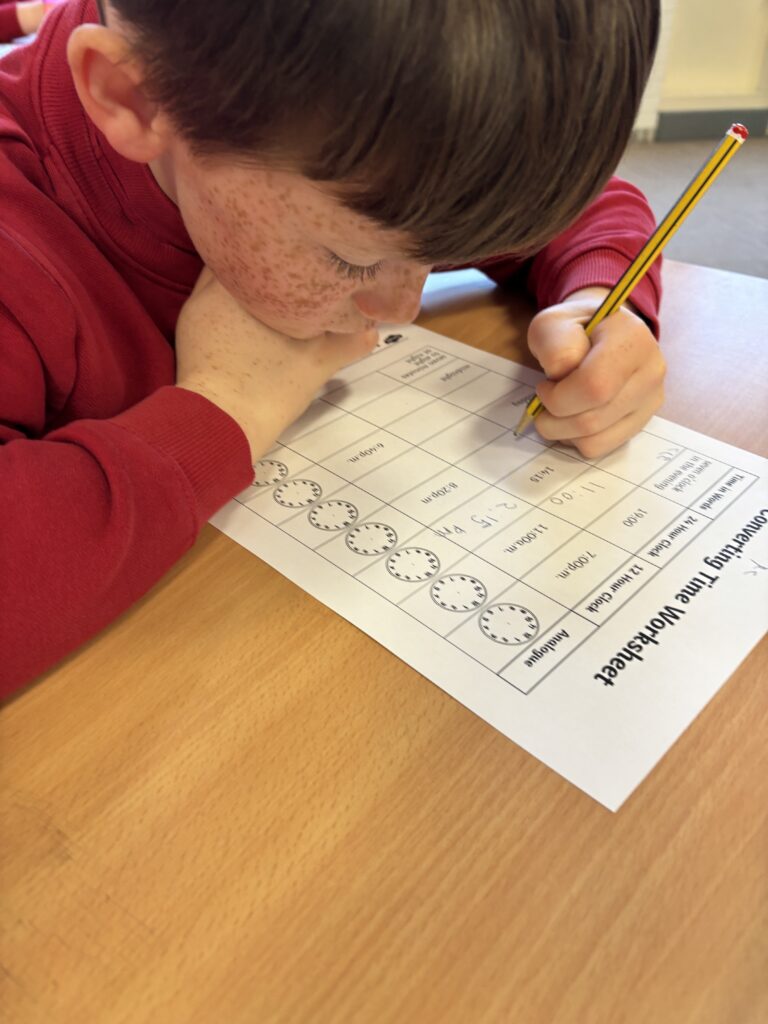
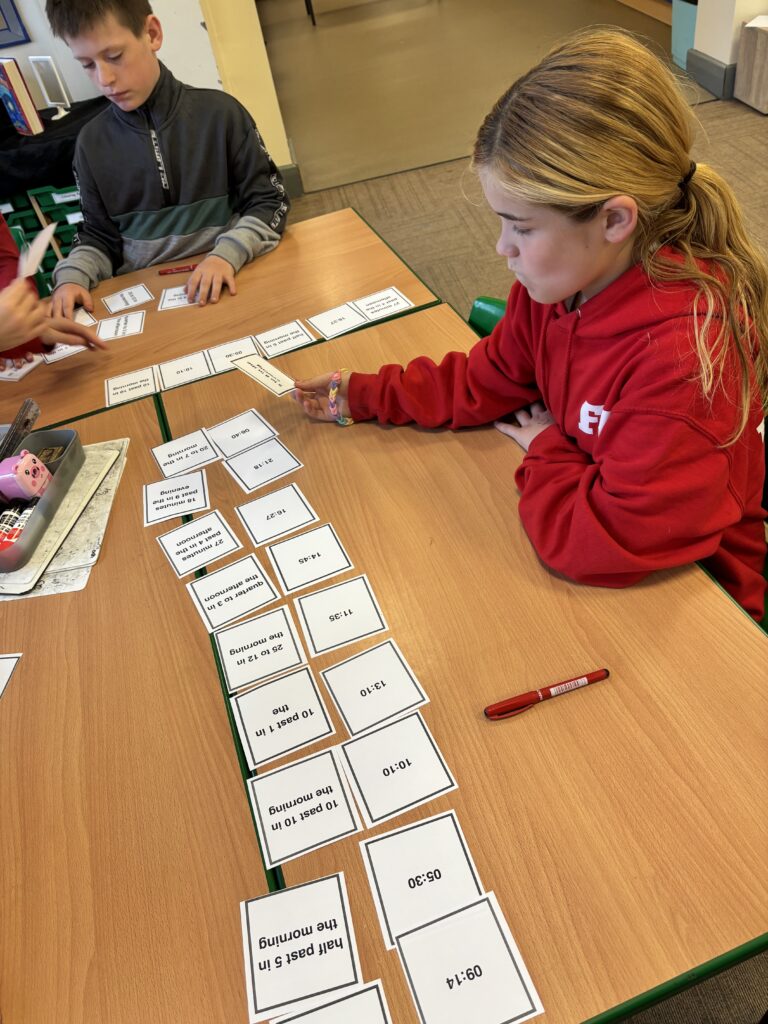
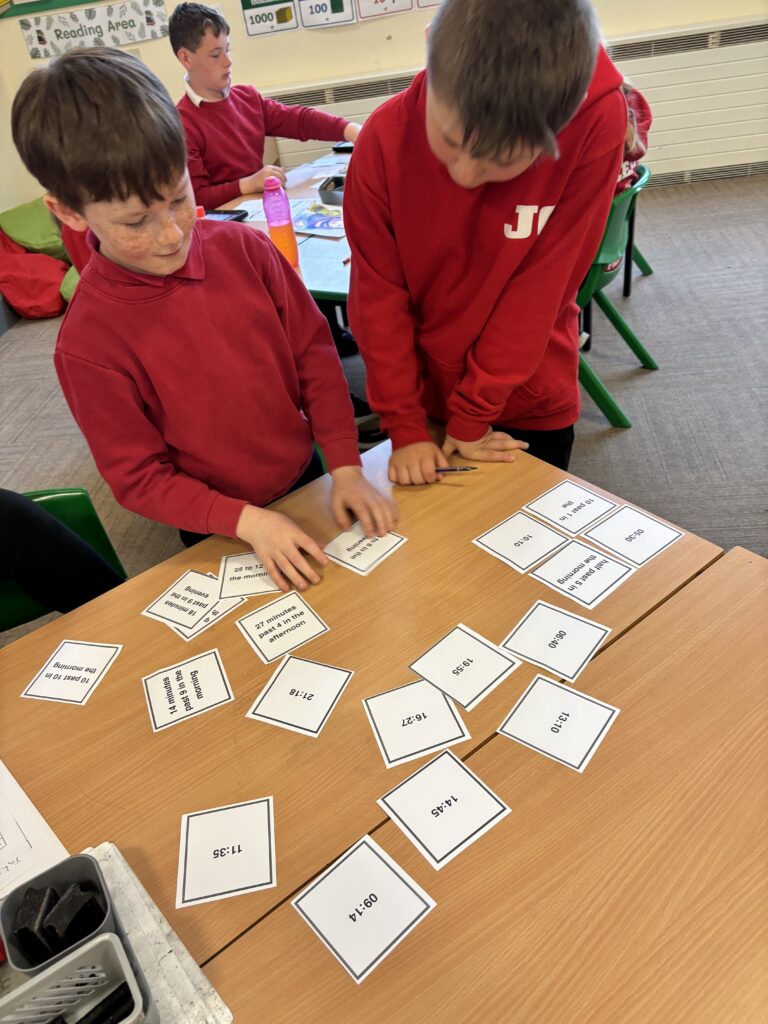
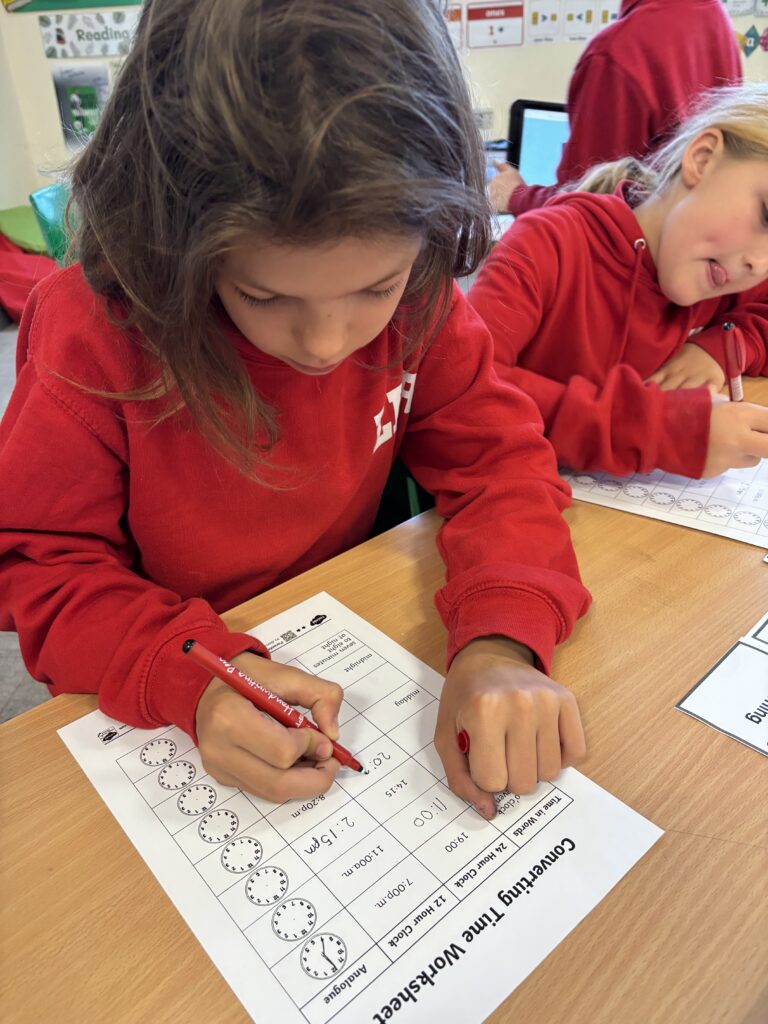
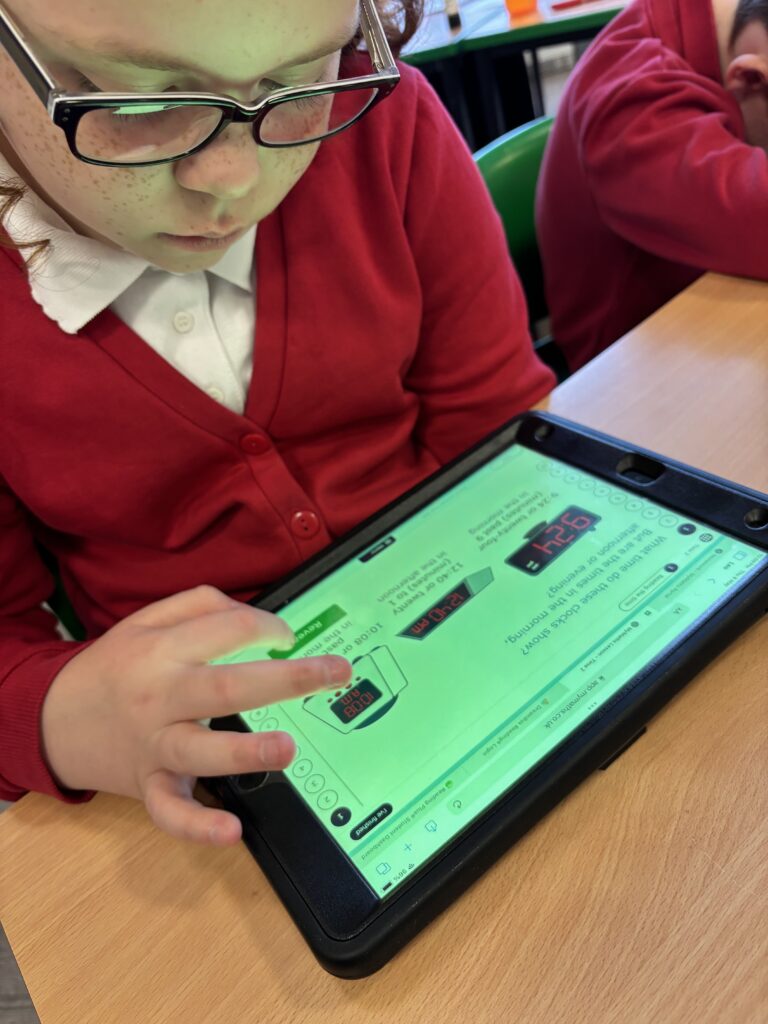
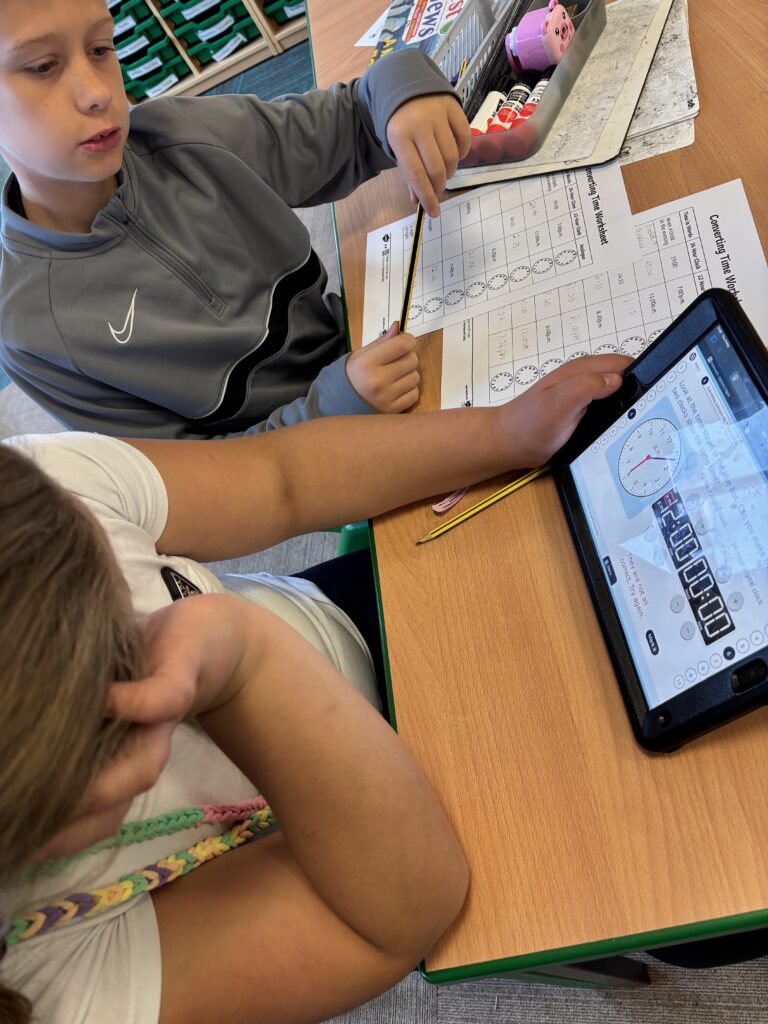
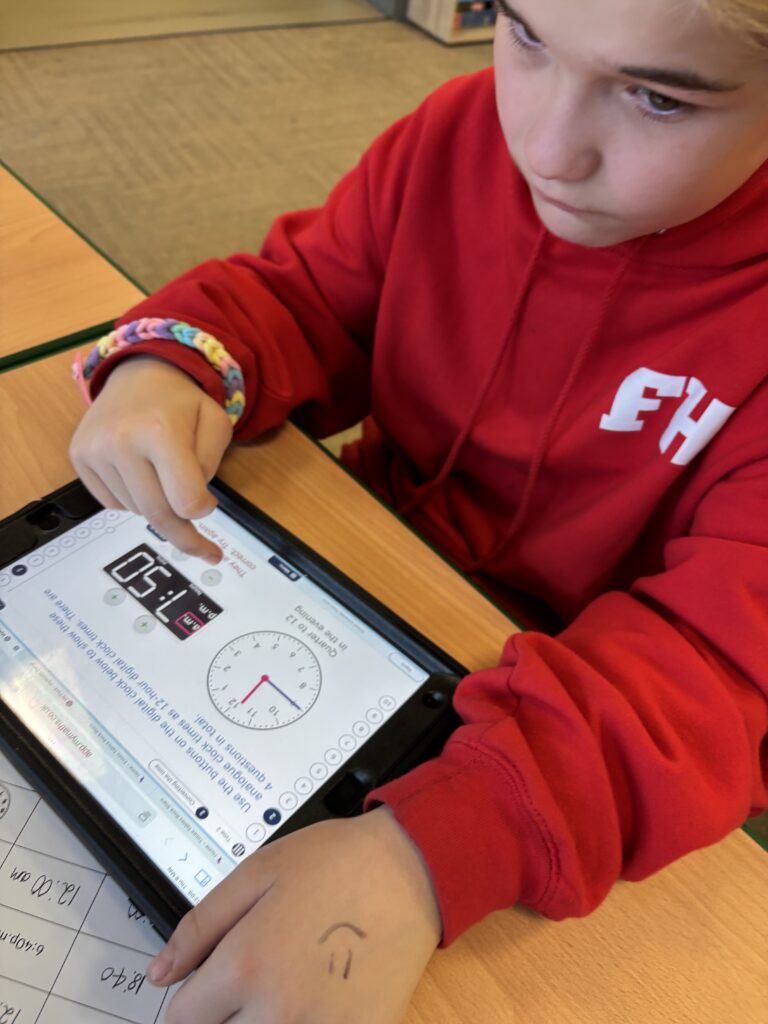
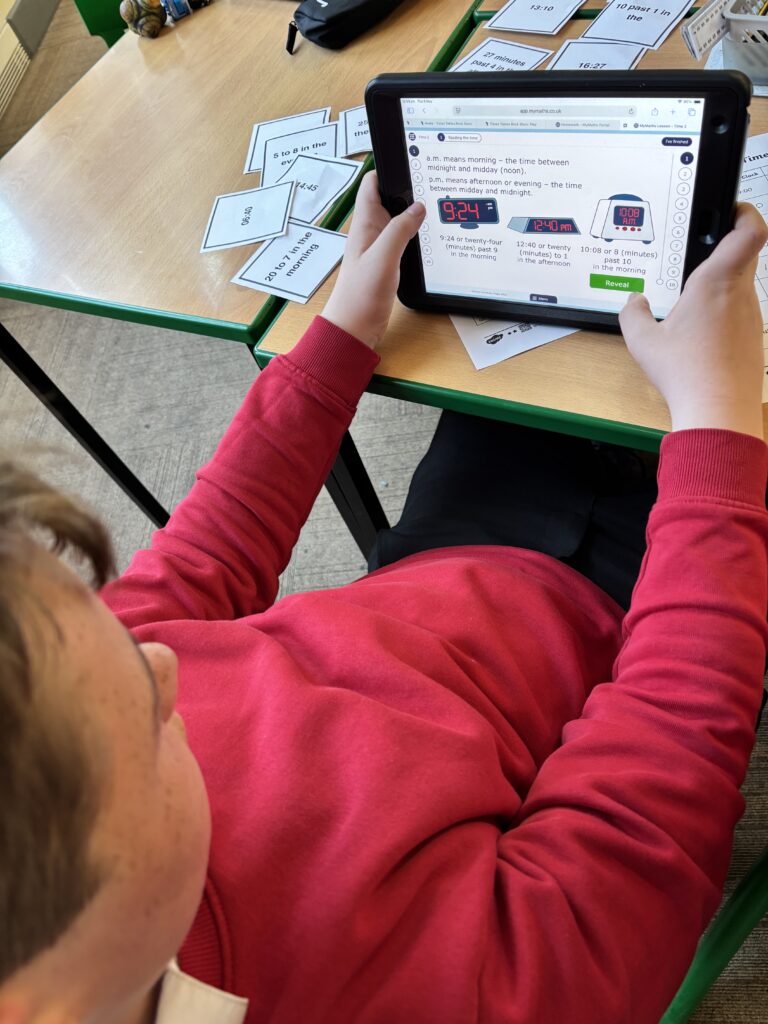
Well done to everyone this week, some fabulous work 🙂
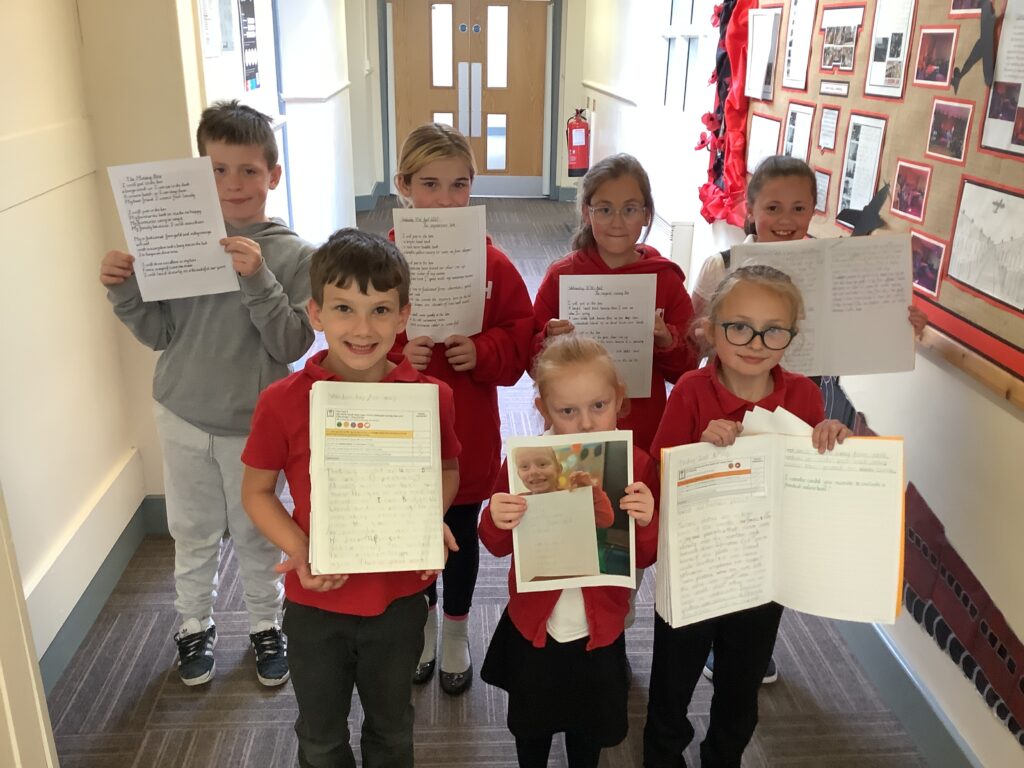
Crew Hamill and Crew Wilkinson were visited by an ex-miner who came to share his detailed experiences of working within the British coal mines. He shared moments of joy and camaraderie with his workers and stories of tragedy when accidents occurred. We were engrossed in his experiences and through this process, we developed a deeper understanding of how more modern mines operated and what a day in the life of a miner was like. Afterwards, the children had many prepared questions to ask to ensure that we got the most from the experience and allowed us to embed our understanding.
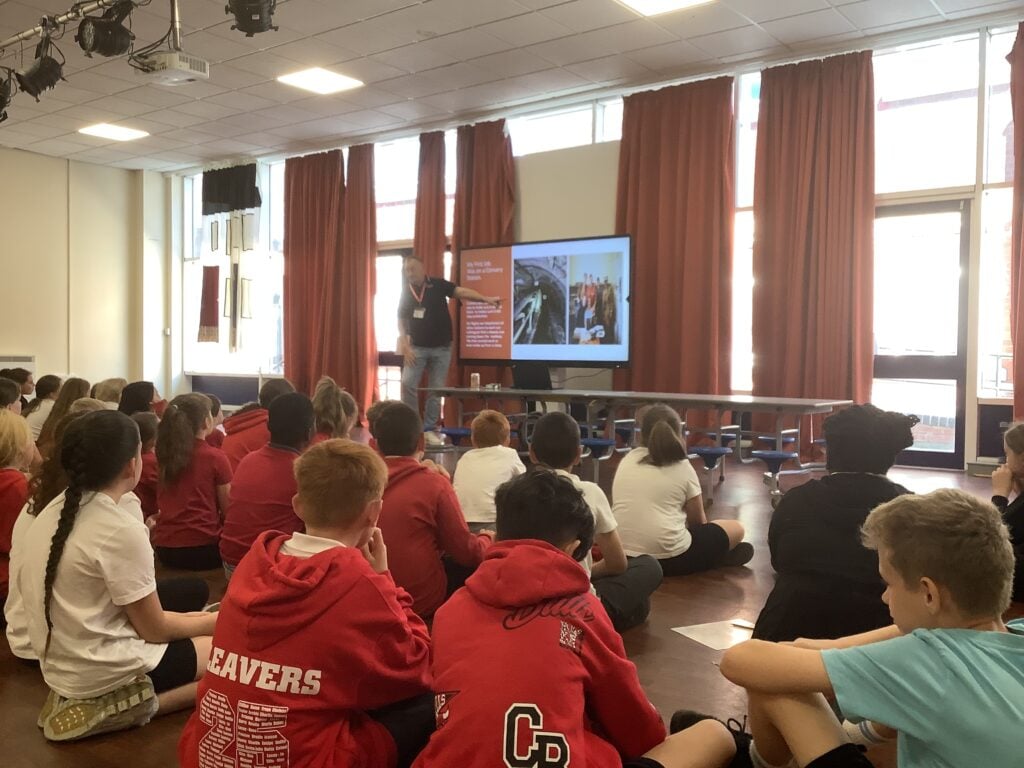

You can listen to the interview if you follow this QR code.
Crew Hamill deepened their understanding on the early conditions of the mine from last lesson by exploring the dangers that people faced due to these conditions. To begin with, we looked at some artefacts that would have been used within the mine (helmet, gloves, pickaxe etc.) and discussed what these told us about working in a mine (e.g you could hit your head, get blisters on your hands, be injured by the pickaxe). We then worked in mini crews to create freeze frames of some mining situations that all involved a danger. Can you guess what these are from our photos?
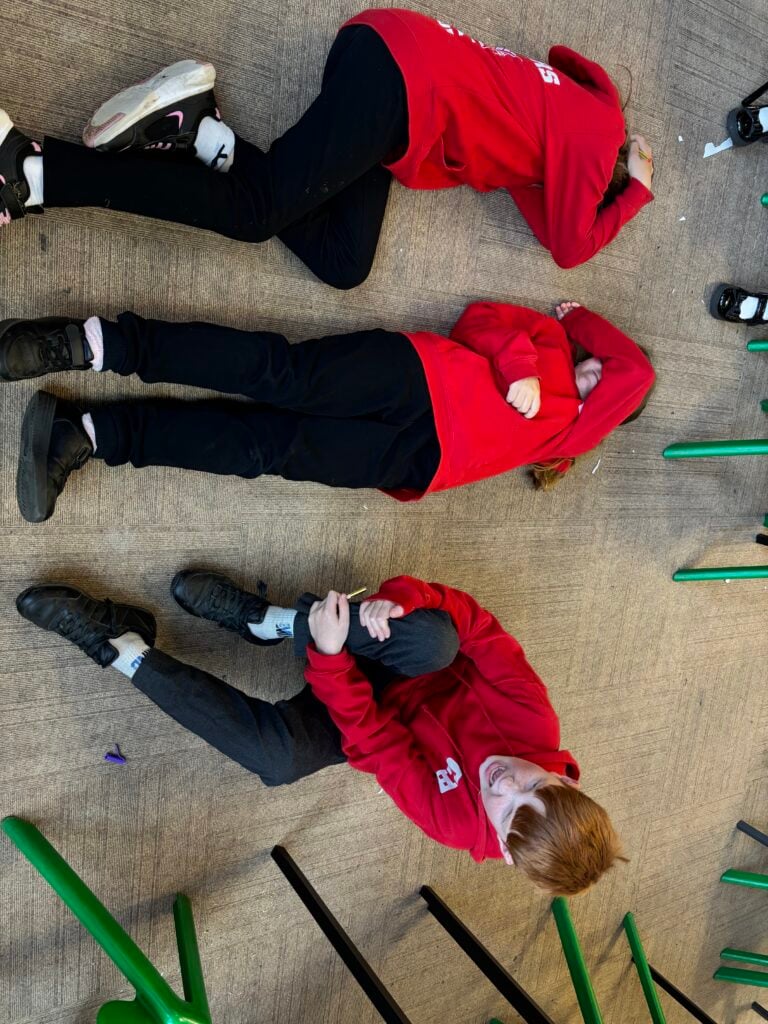
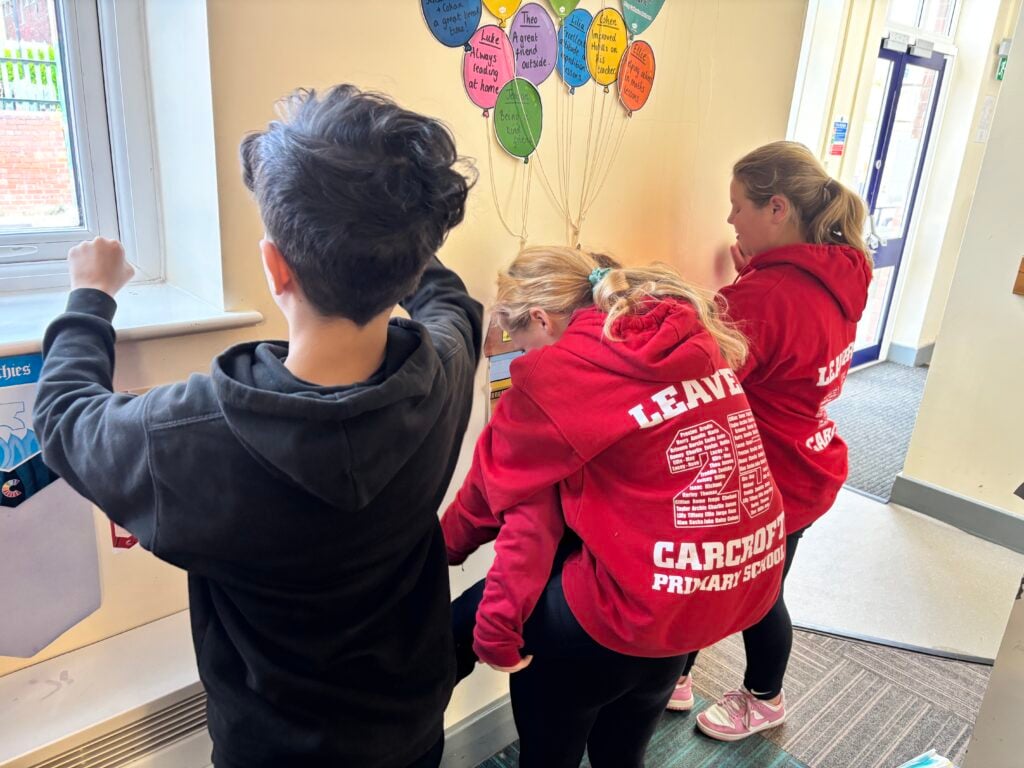
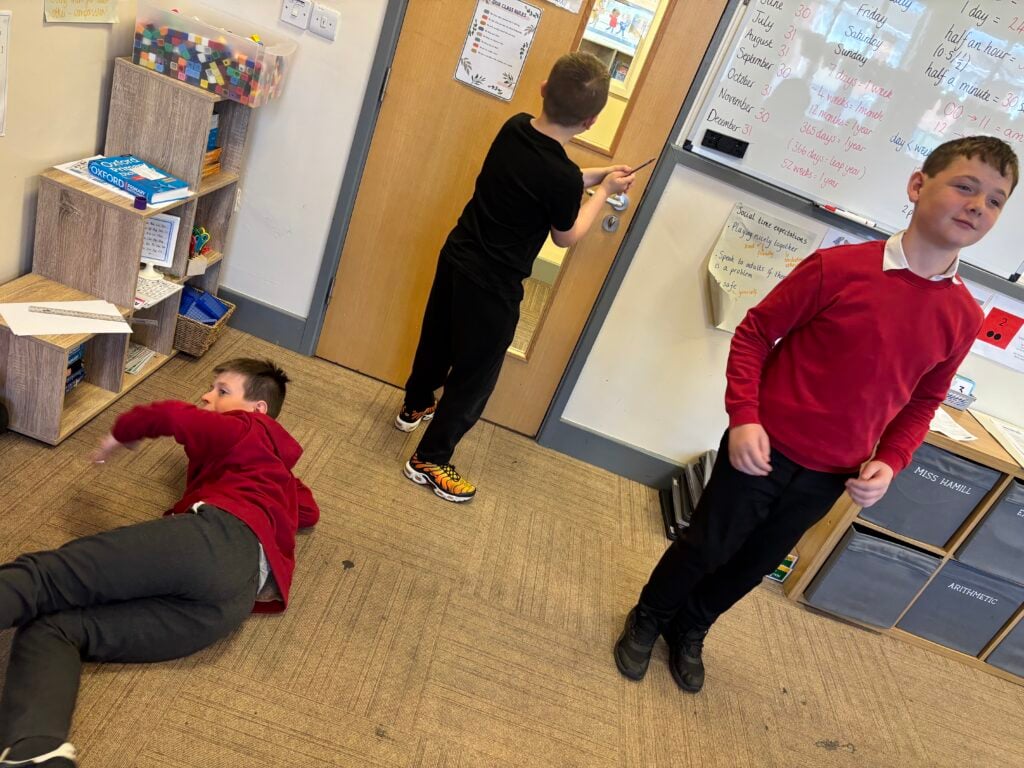
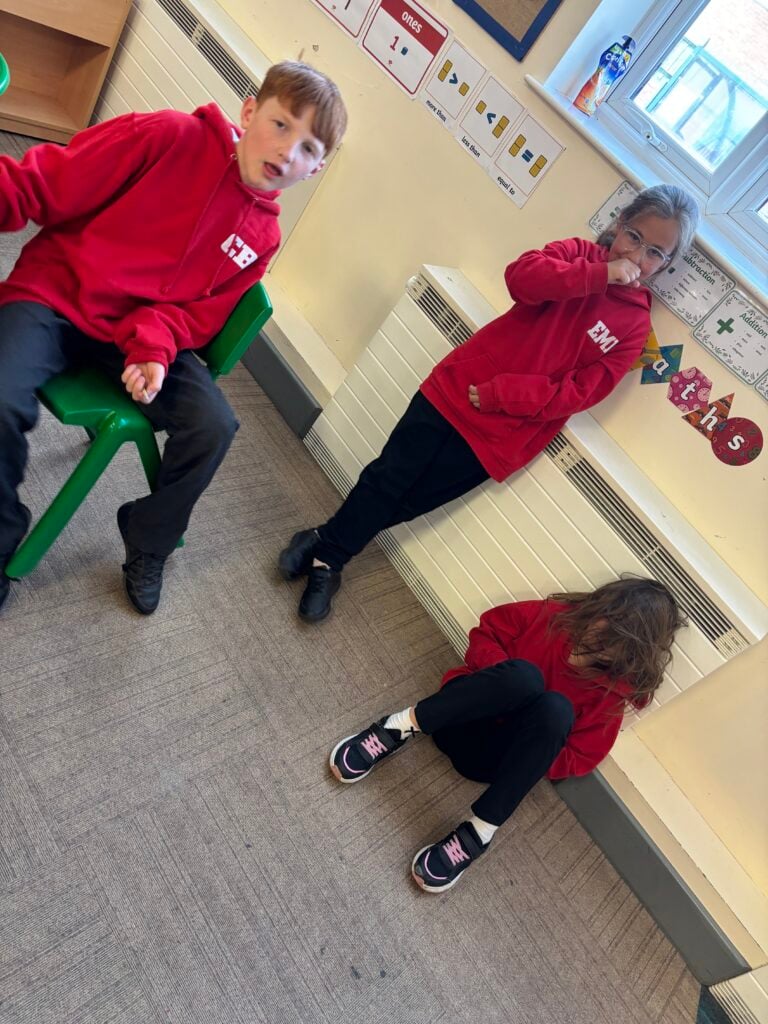

Following this, we worked in threes to conduct interviews in which one of us was a miner in a given scenario and the others asked questions about the dangers. You can see some of our interviews here:
To consolidate our learning, we created a ‘wall of dangers’ by each writing a danger on a brick.
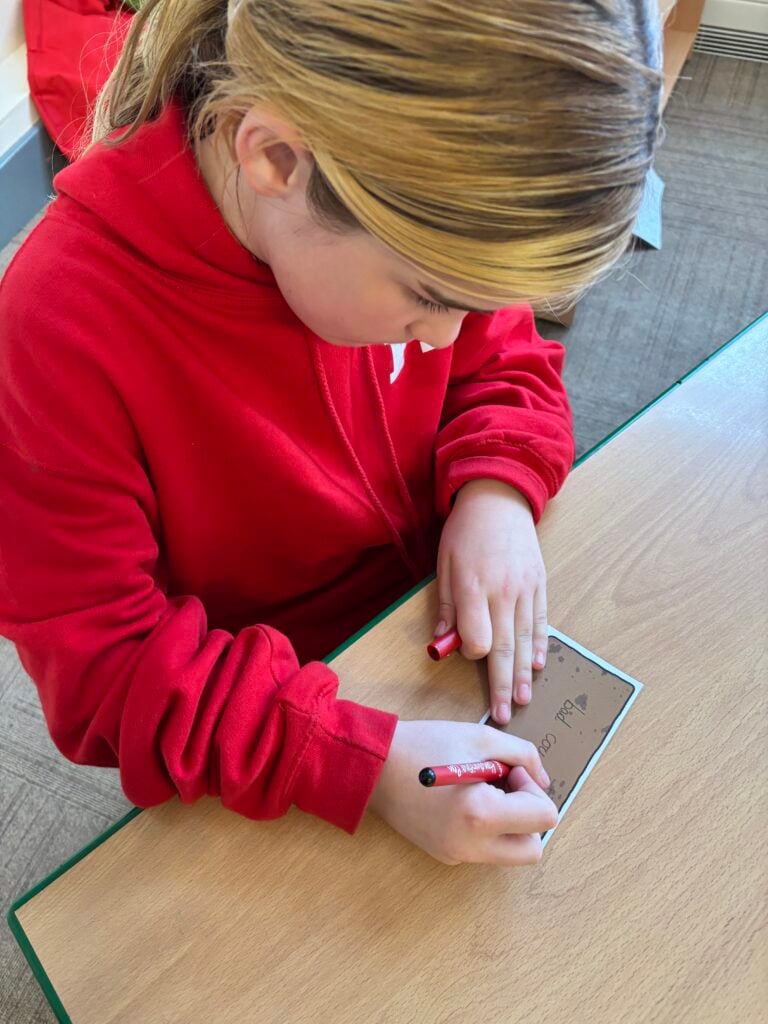
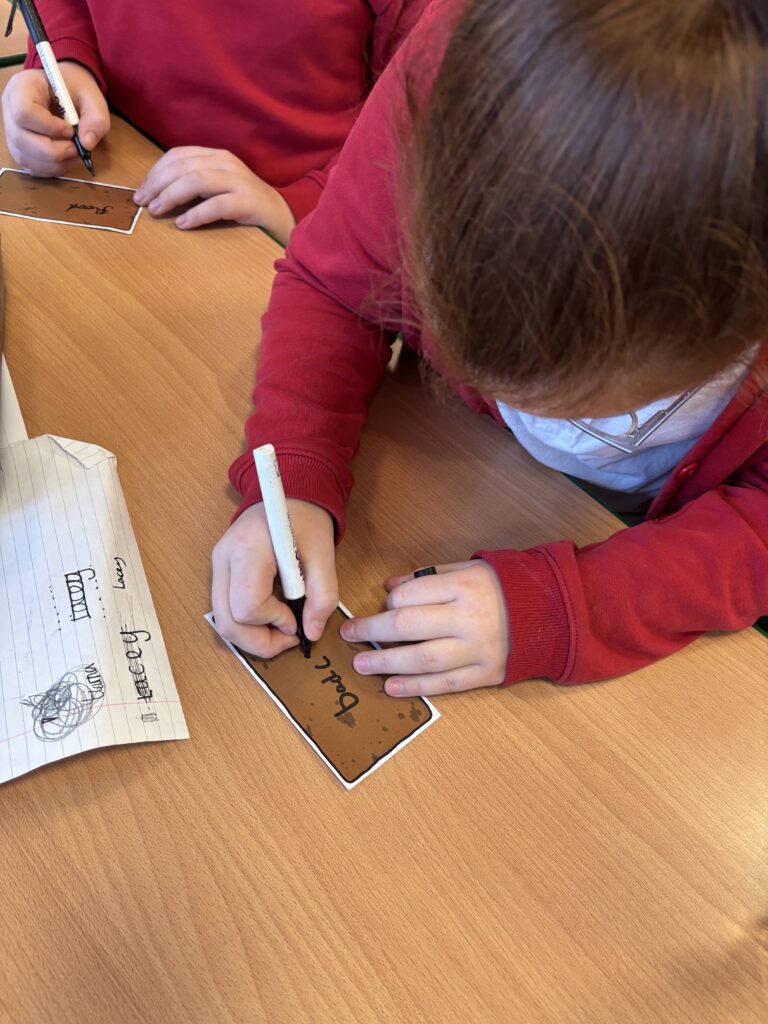

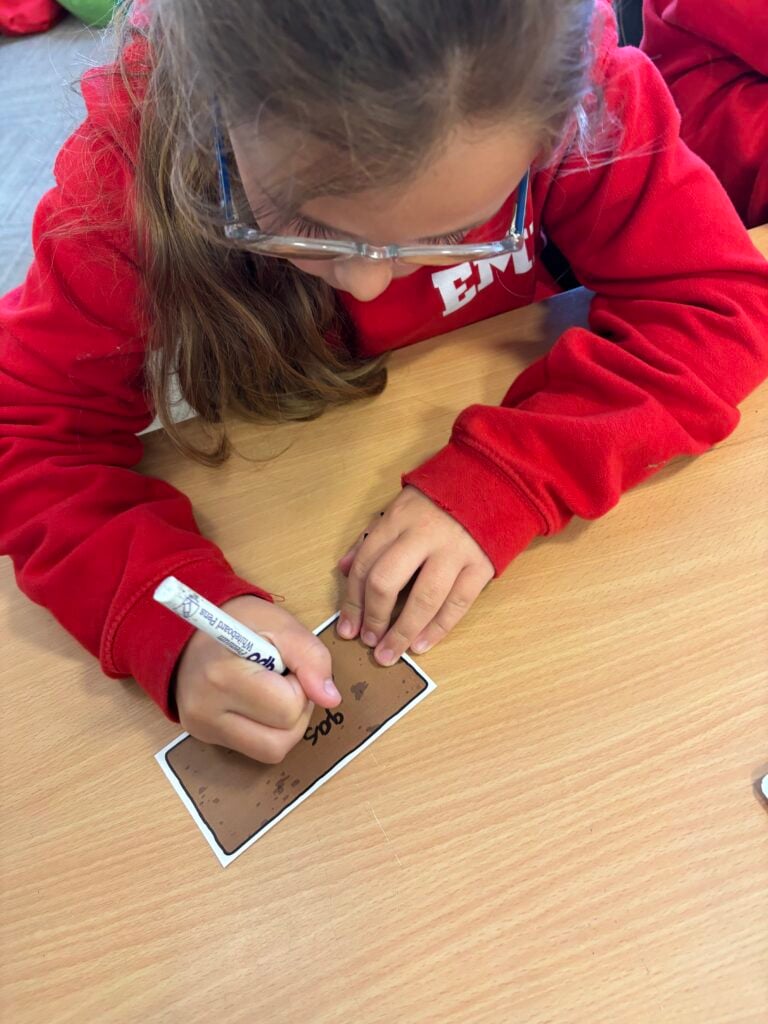

Today, Crew Hamill had their second experience lesson in which they were identifying the features of a non-chronological report. We worked as a crew to look at an example report, sharing ideas about what we noticed – the title, paragraphs and pictures etc. We then looked at a ‘non-chronological report checklist’ and used this to identify further features such as subheadings and an introduction. Once we were comfortable that we understood the features, we worked in pairs to organise a non-chronological report that had been jumbled up. We had to work out which subheading matched which paragraph, identify the title, introduction and conclusion, and then figure out which order we would put the information in before deciding where the pictures would go. Once we had done this, we labelled each of the features and explained why they were important. To consolidate our learning, we played ‘checklist challenge’ in which we had 3 minutes to write down as many features as we could remember before seeing who had remembered the most!
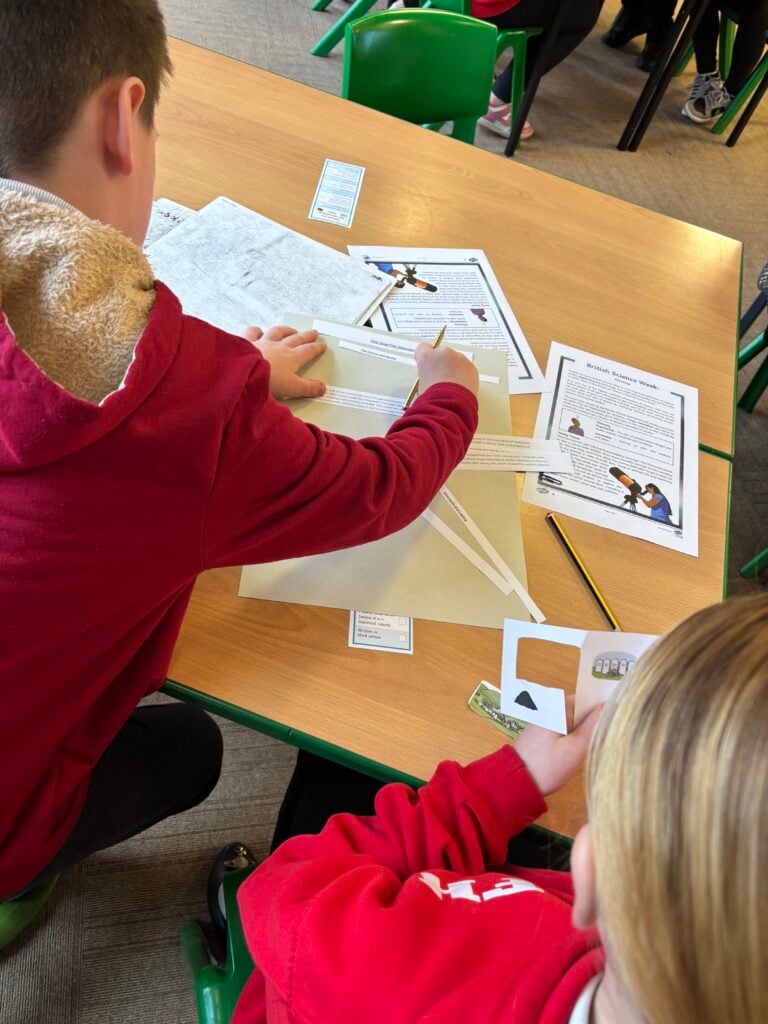
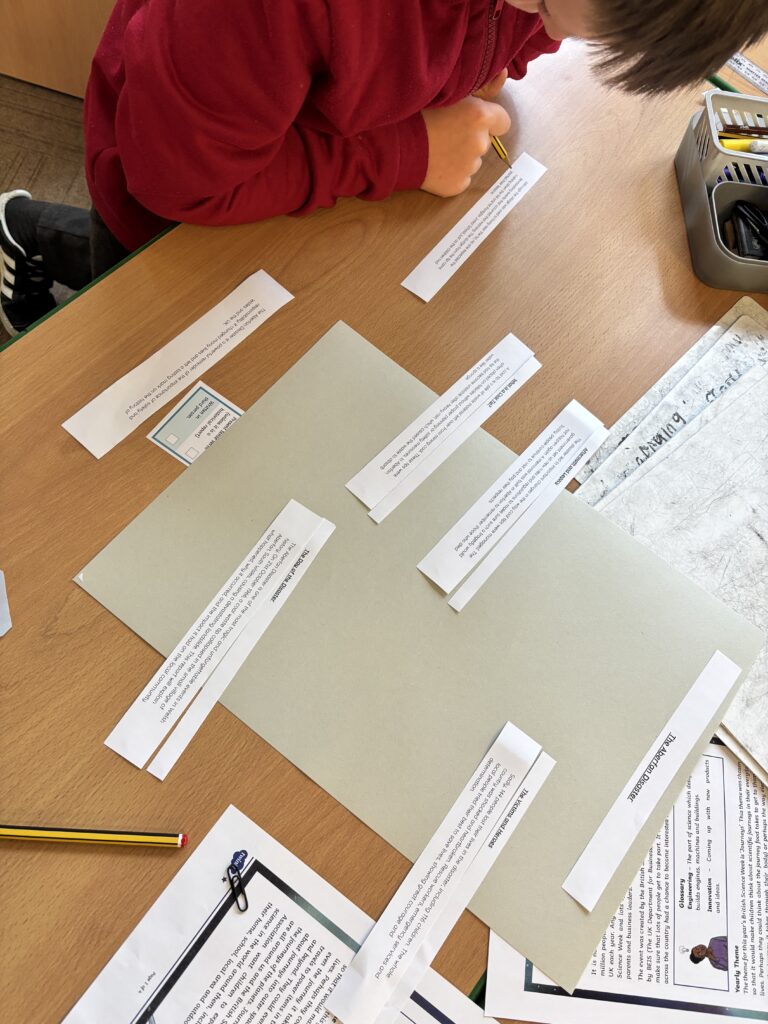
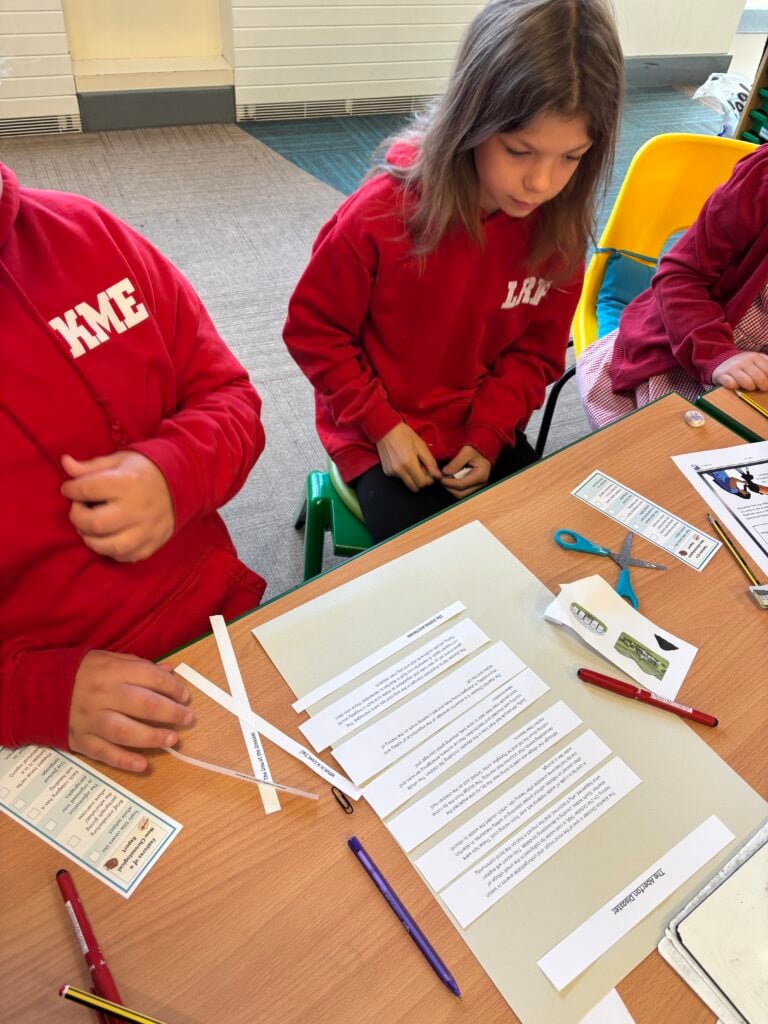
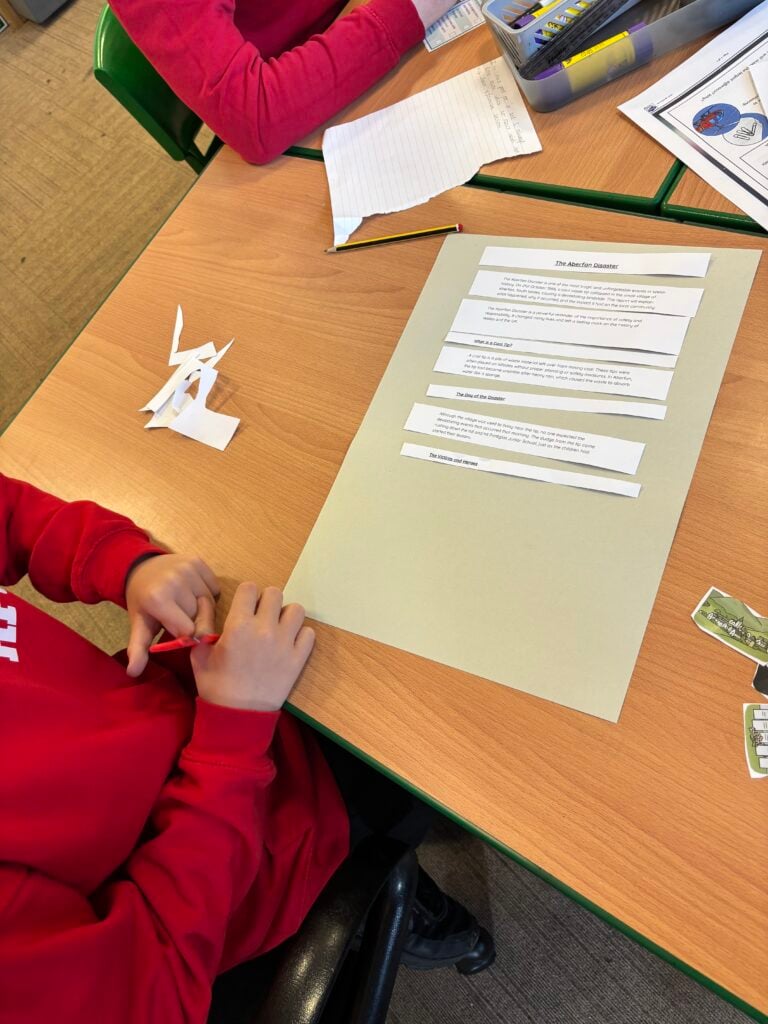
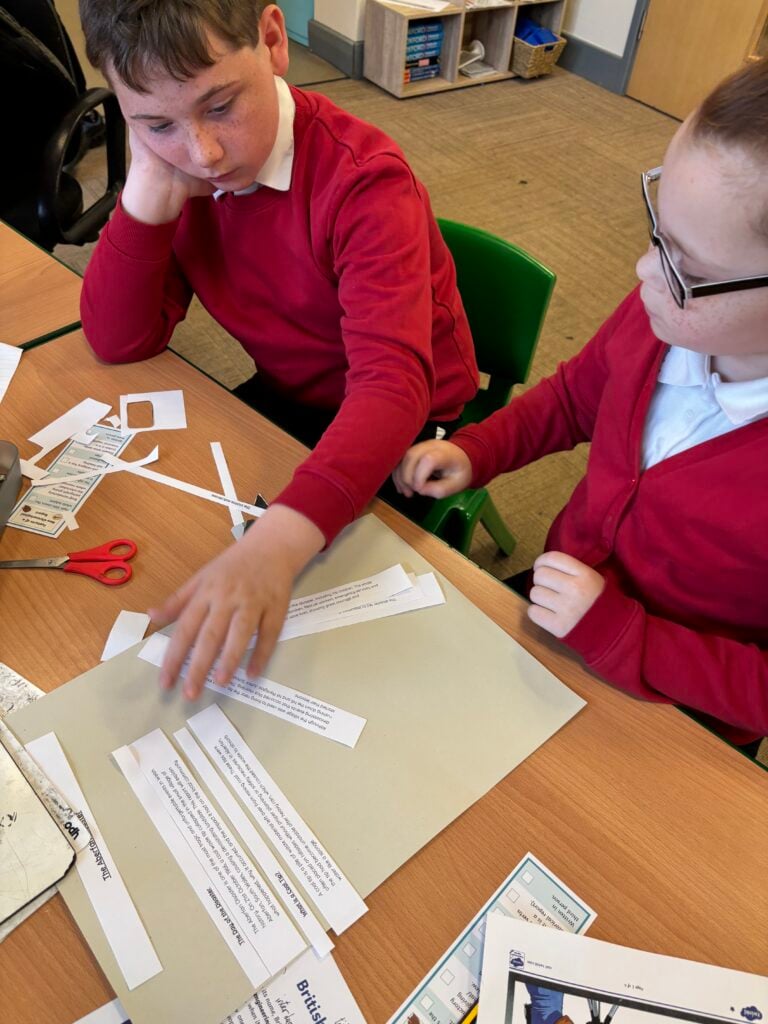
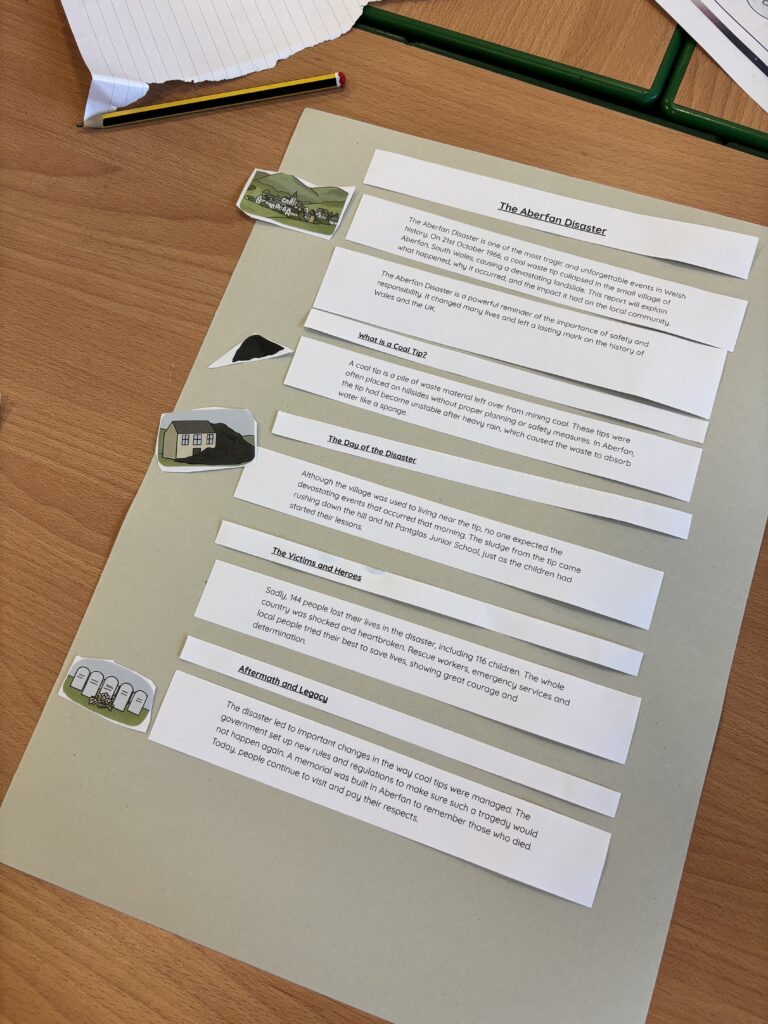

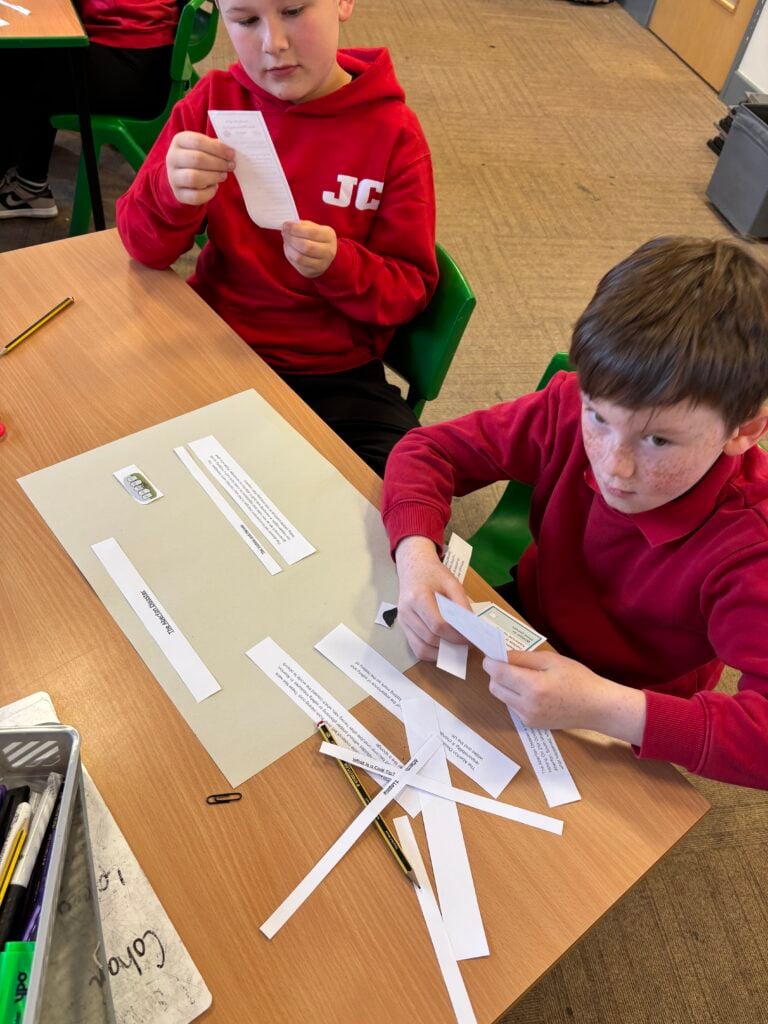
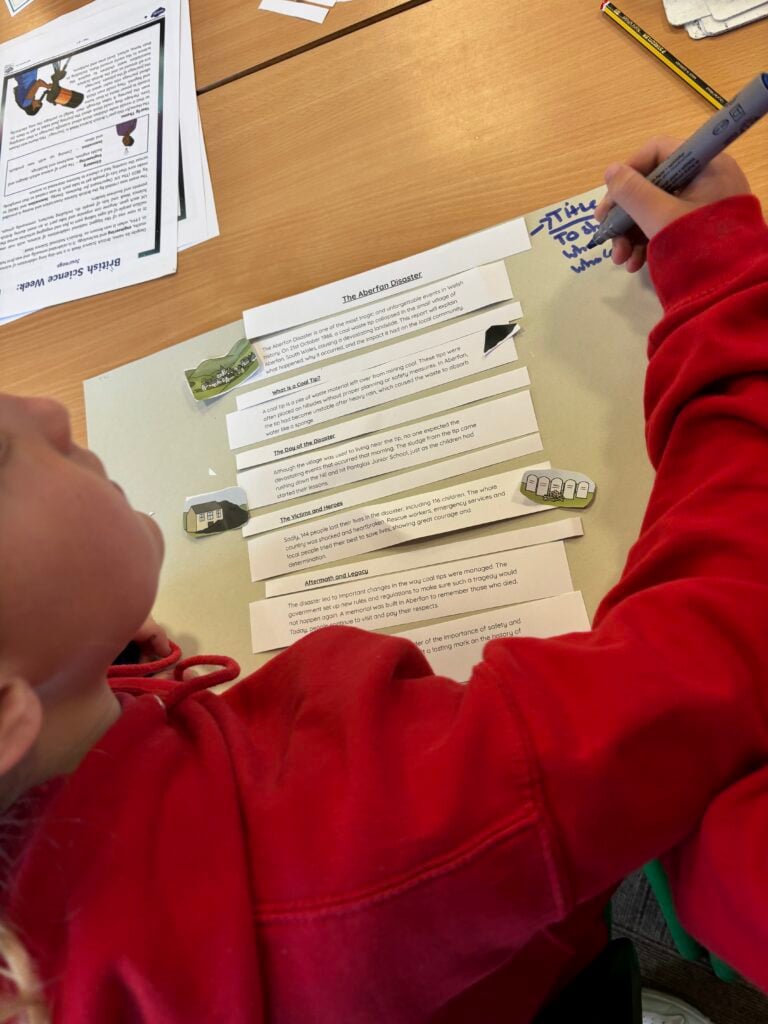
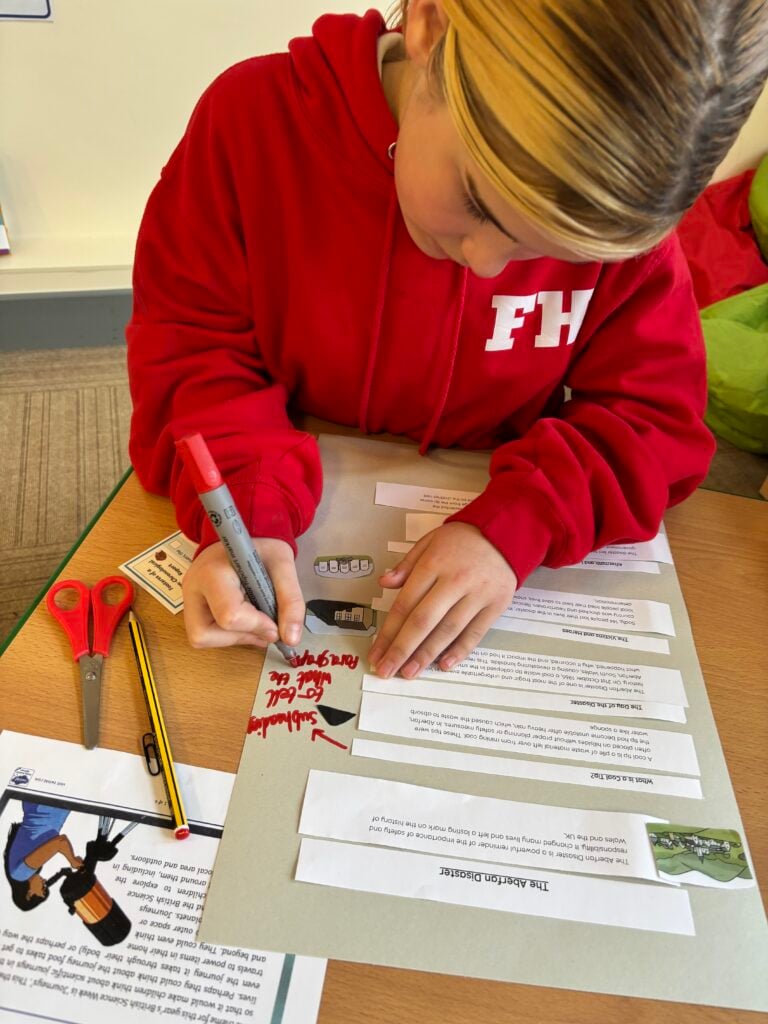
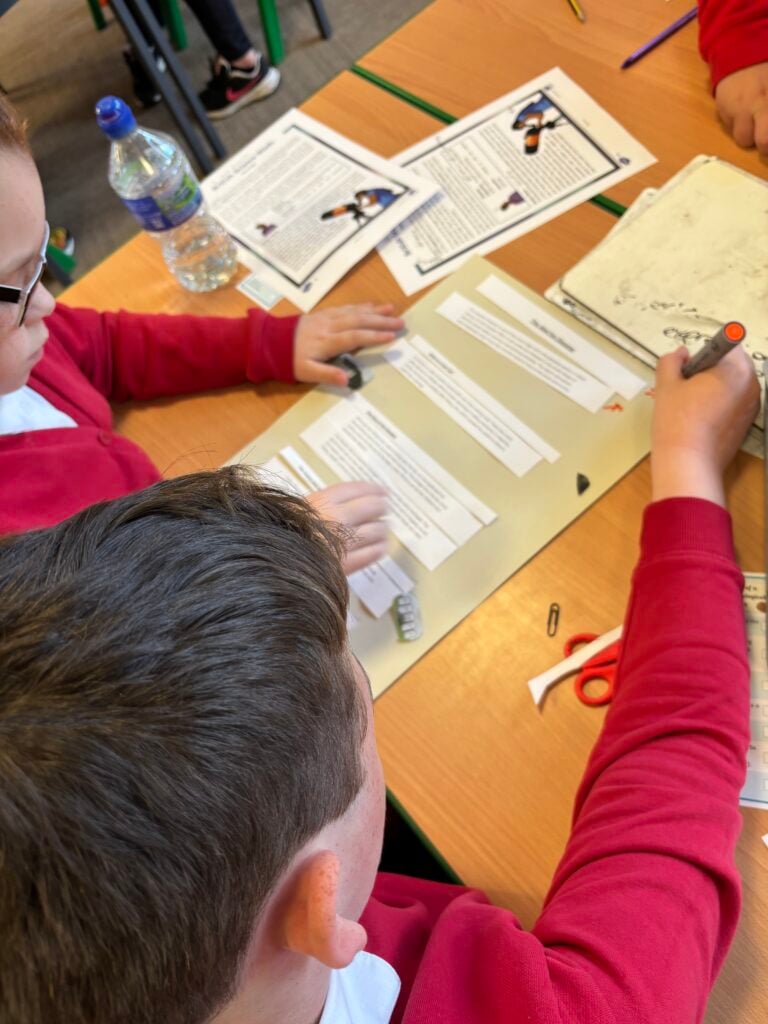
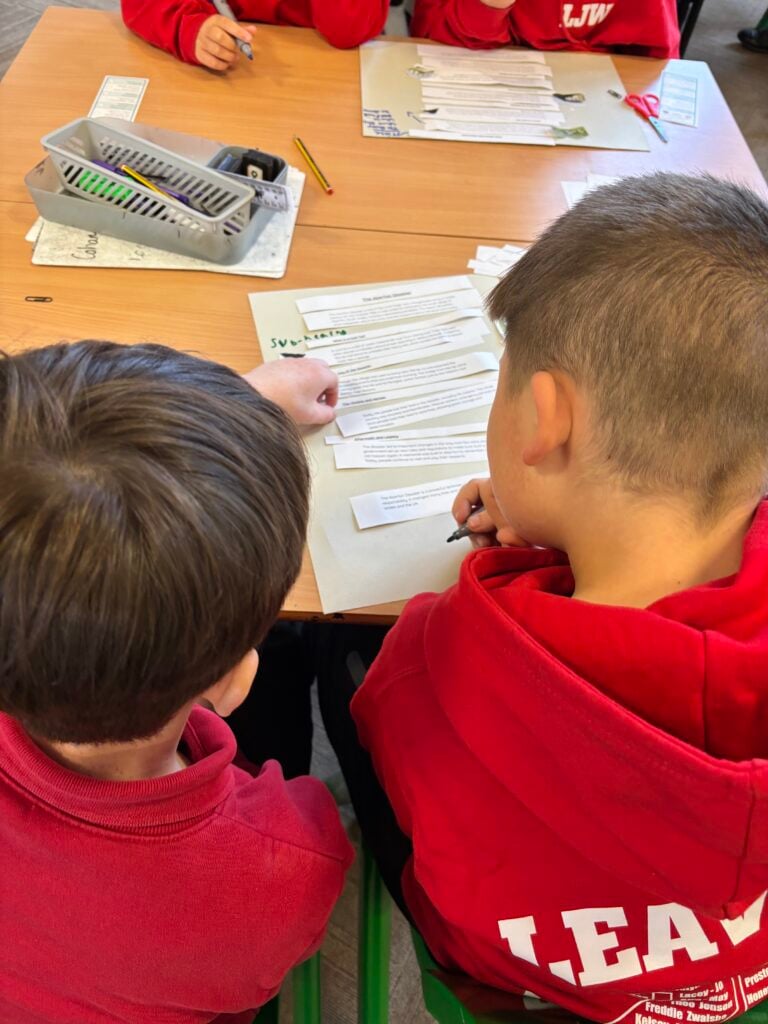


During today’s lesson, Crew Hamill had the opportunity to experience a mining tunnel for themselves. Using tables and dark material, we recreated what a tunnel might look like. We turned out the lights to make things darker and played a coal mine soundscape to mimic the sounds of the mine. One at a time, we made our way through the tunnel, experiencing the dark, cramped and noisy conditions. We then had a small debrief explaining how we felt – lots of us were claustrophobic! Following this, we played true or false and moved to the side of the room that we felt was appropriate when presented with different facts about mining. If we agreed and thought they were true we went to one side, if we disagreed and thought they were false then we went to the other. To further demonstrate our learning, we read some fact sheets about life in the mine and created chotting sheets in mini crews that detailed the early conditions.

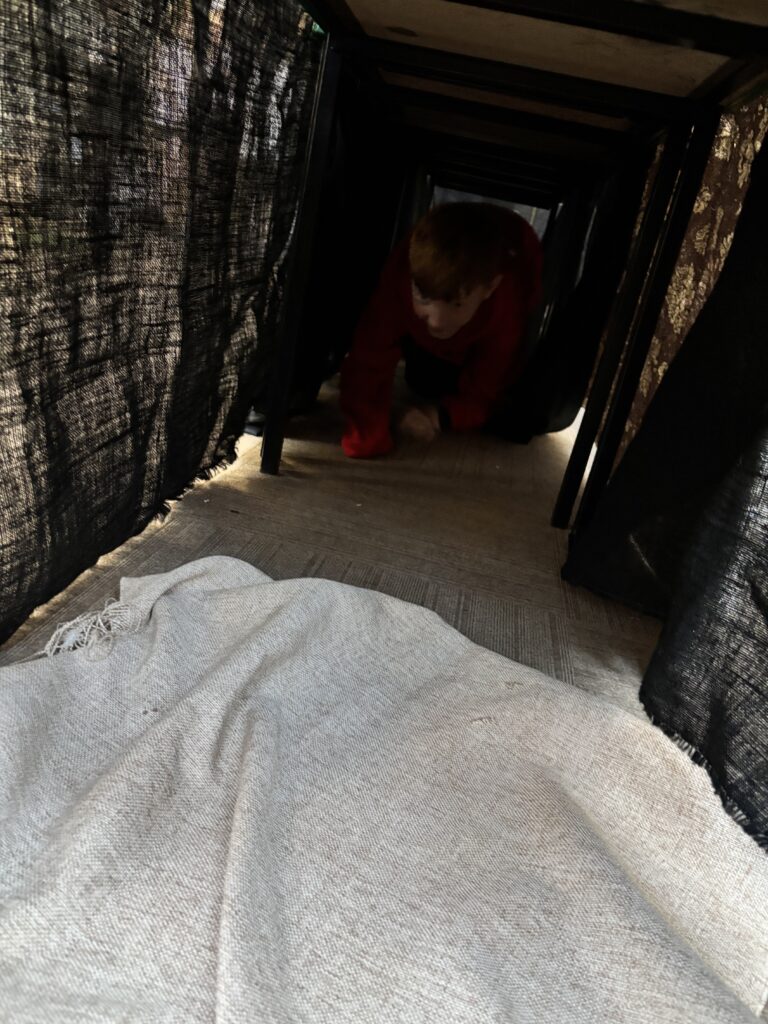
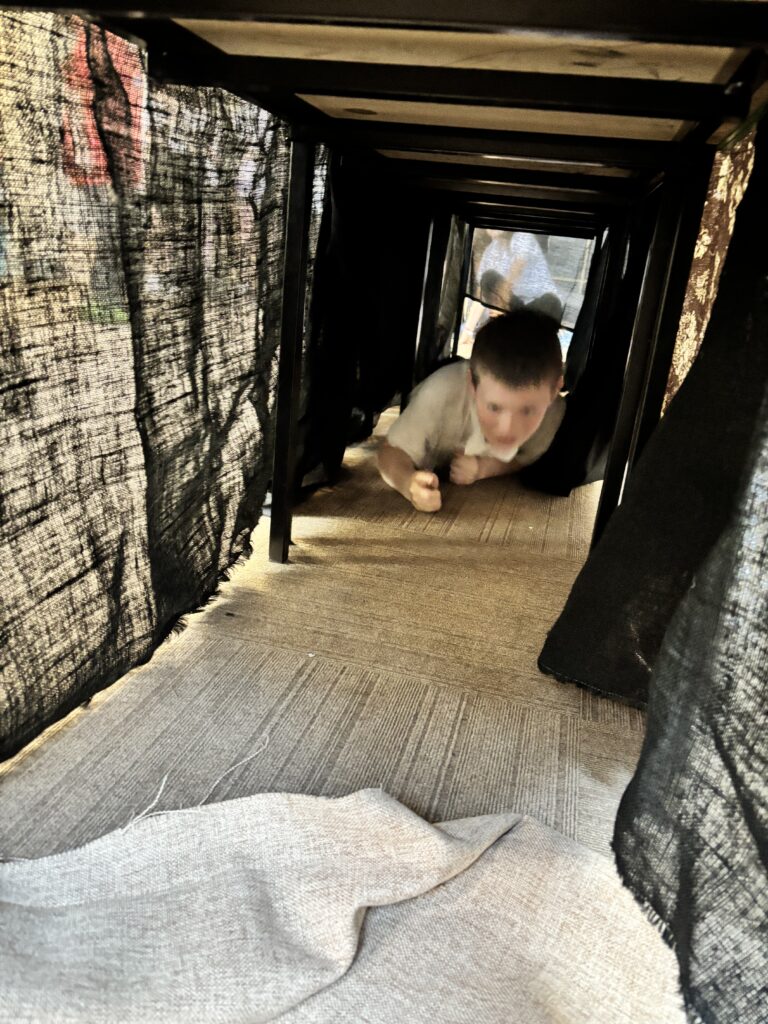
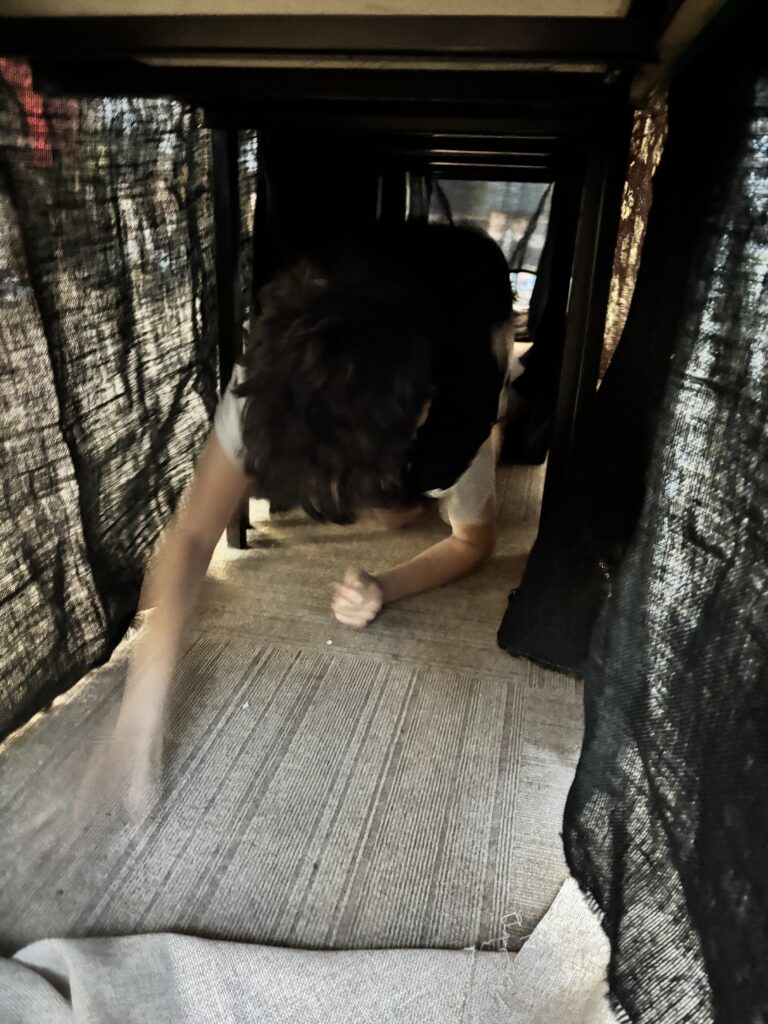


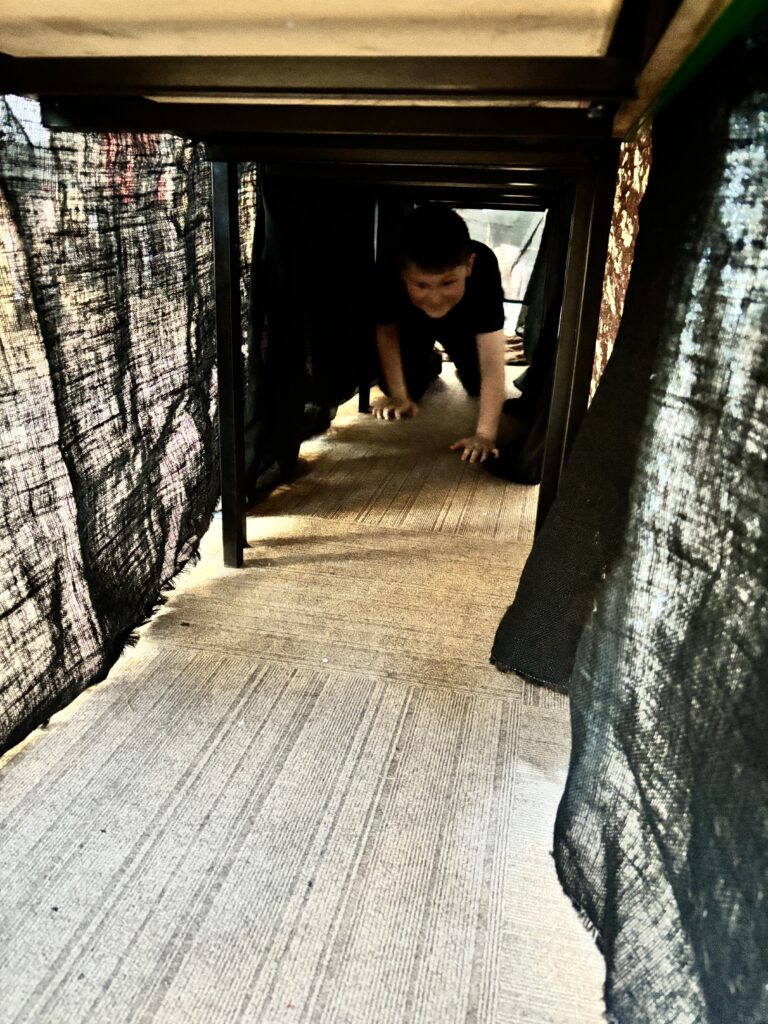

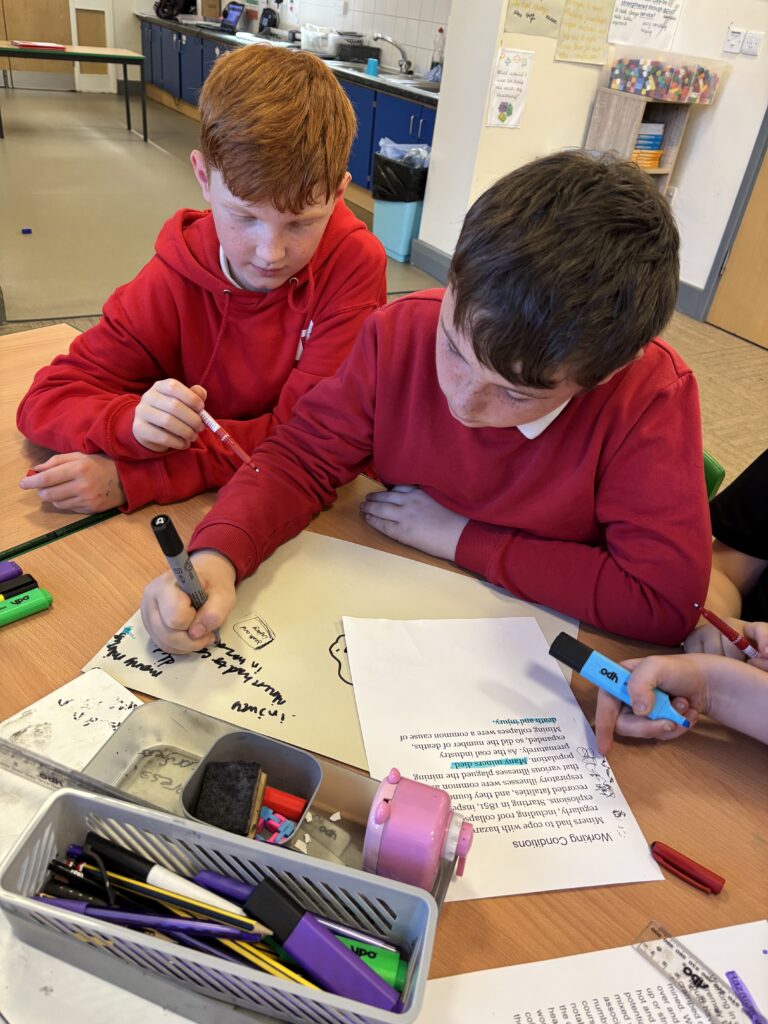
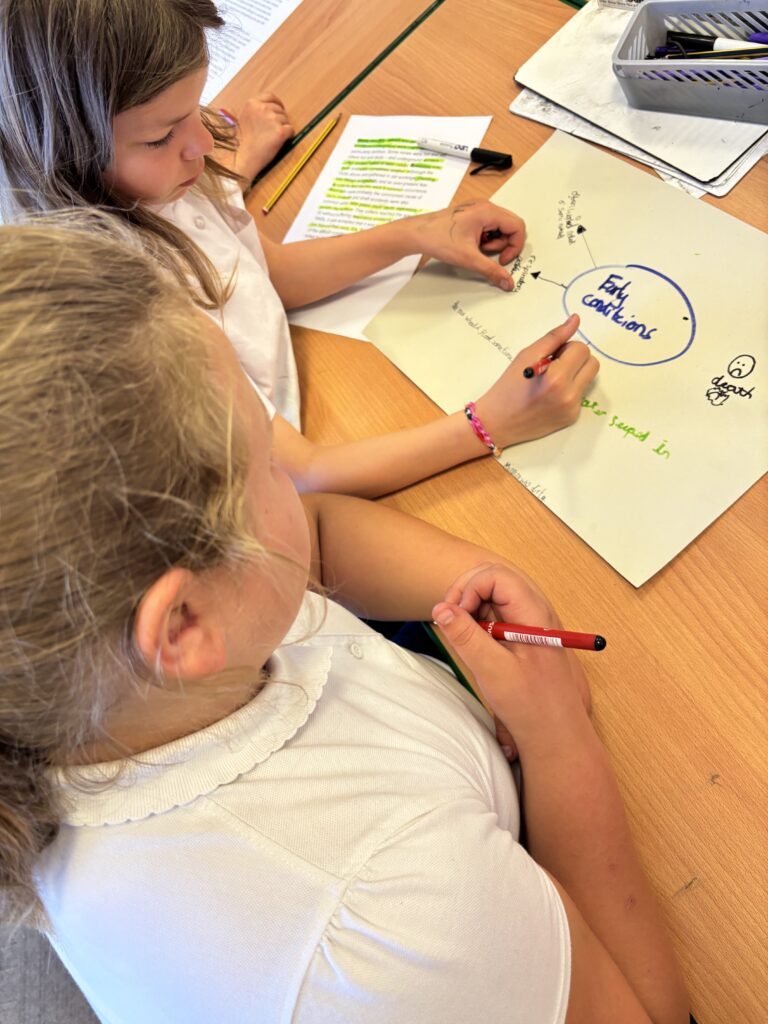
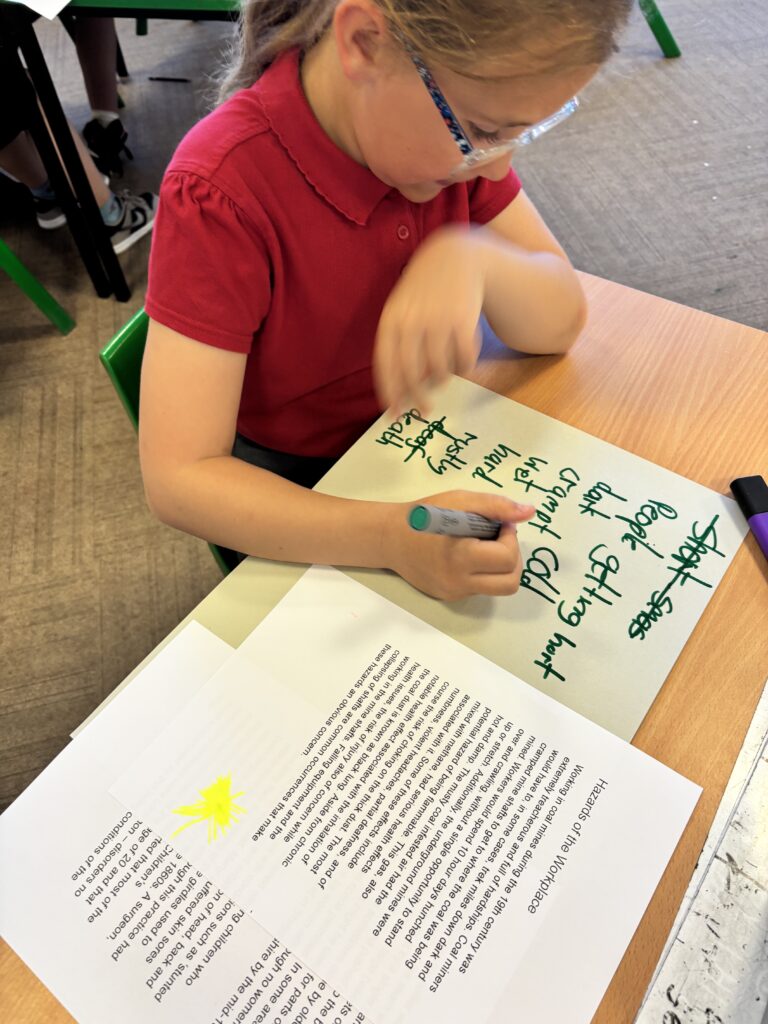
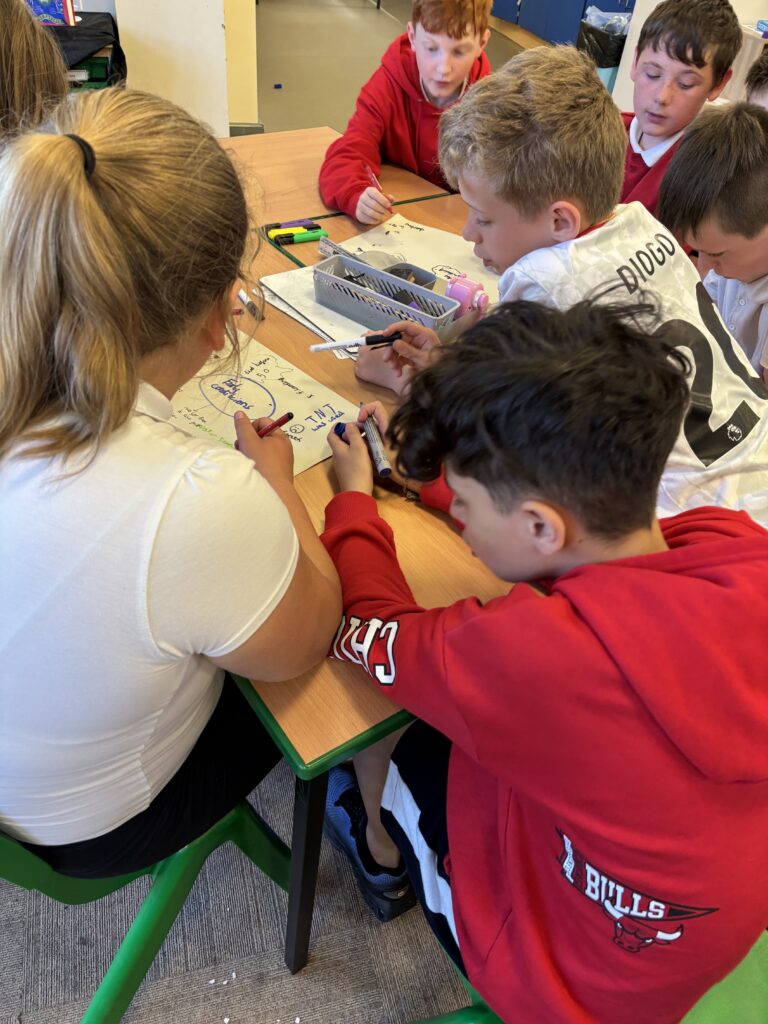
Crew Hamill have delved deeper into the mining industry and had a look at some of the main changes that have occurred since mining began. We worked in pairs to match the important events to a picture that illustrated them. Once we’d done this, we worked together to order them in chronological order. We discussed whether these changes were social, technological or political and discussed why these events were so important. For example, in the 1980s, lots of miners went on strike to fight for better pay.
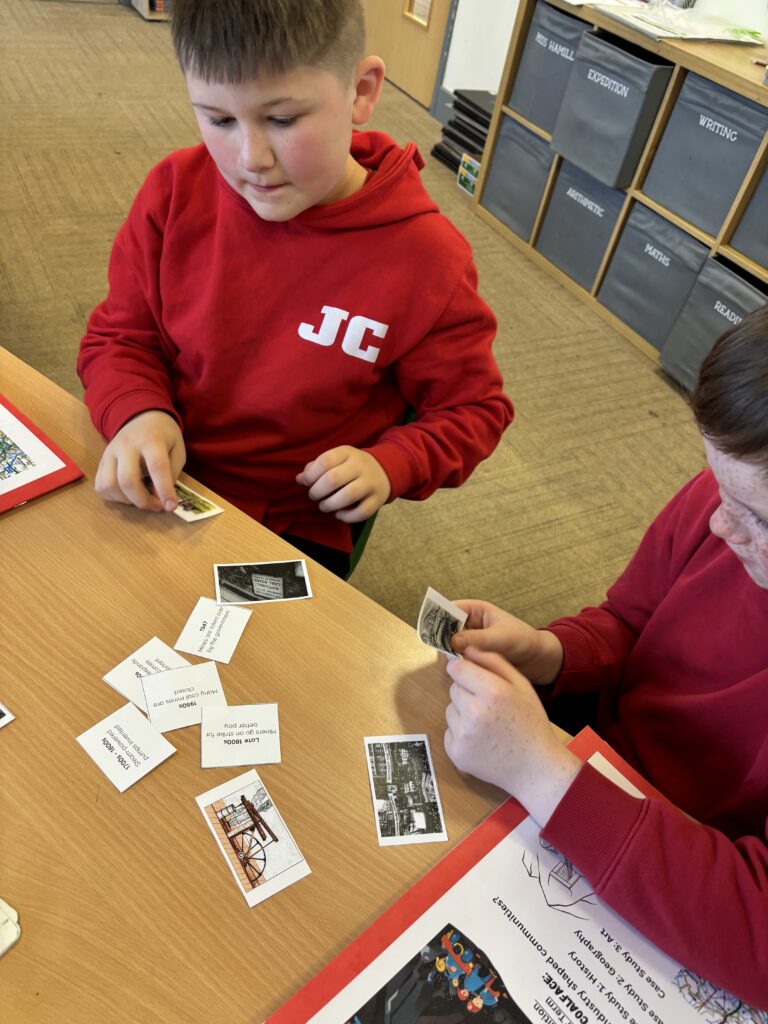
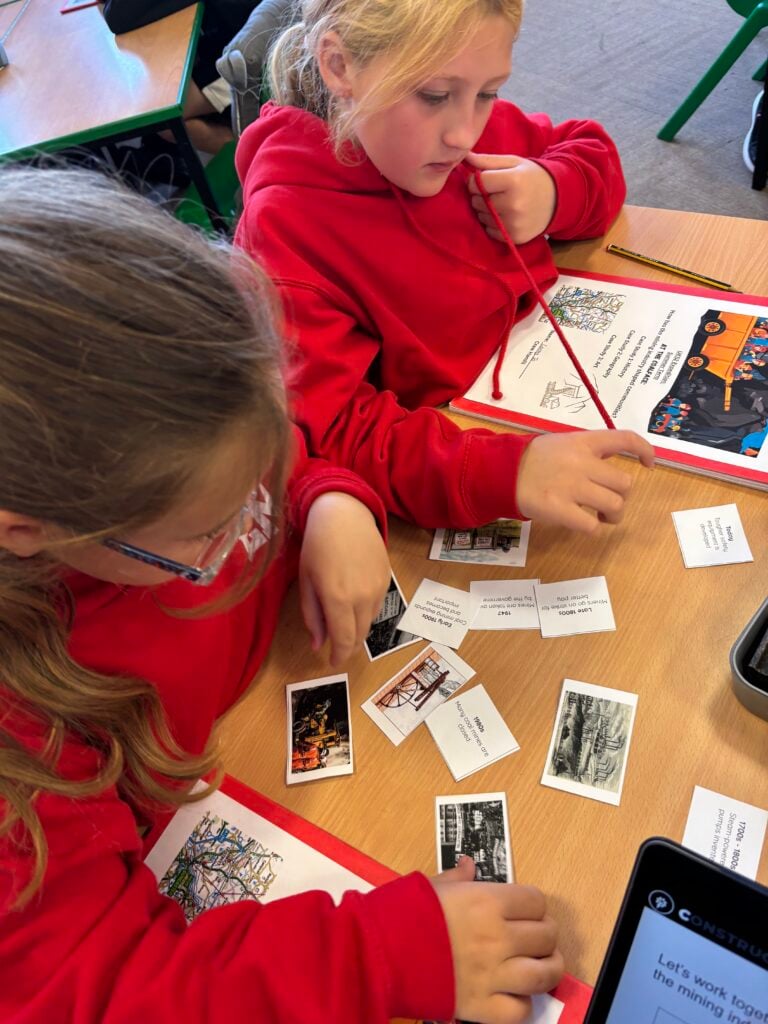
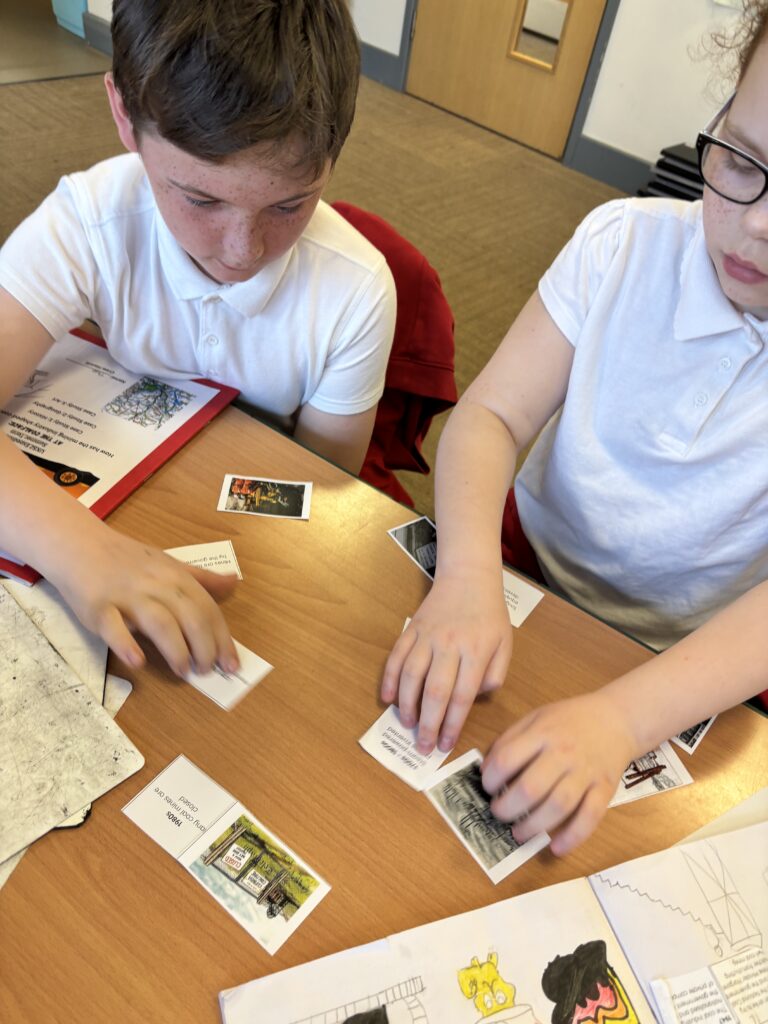


As part of their expedition, Crew Hamill will be interviewing an ex miner in order to find out a little bit more about the experiences they had when working in the mines. In preparation for this, we worked in mini crews to chot some ideas for the questions we’d like to ask. We then worked as a crew to put our ideas together and generate a final list of questions which we will be asking on Friday.

